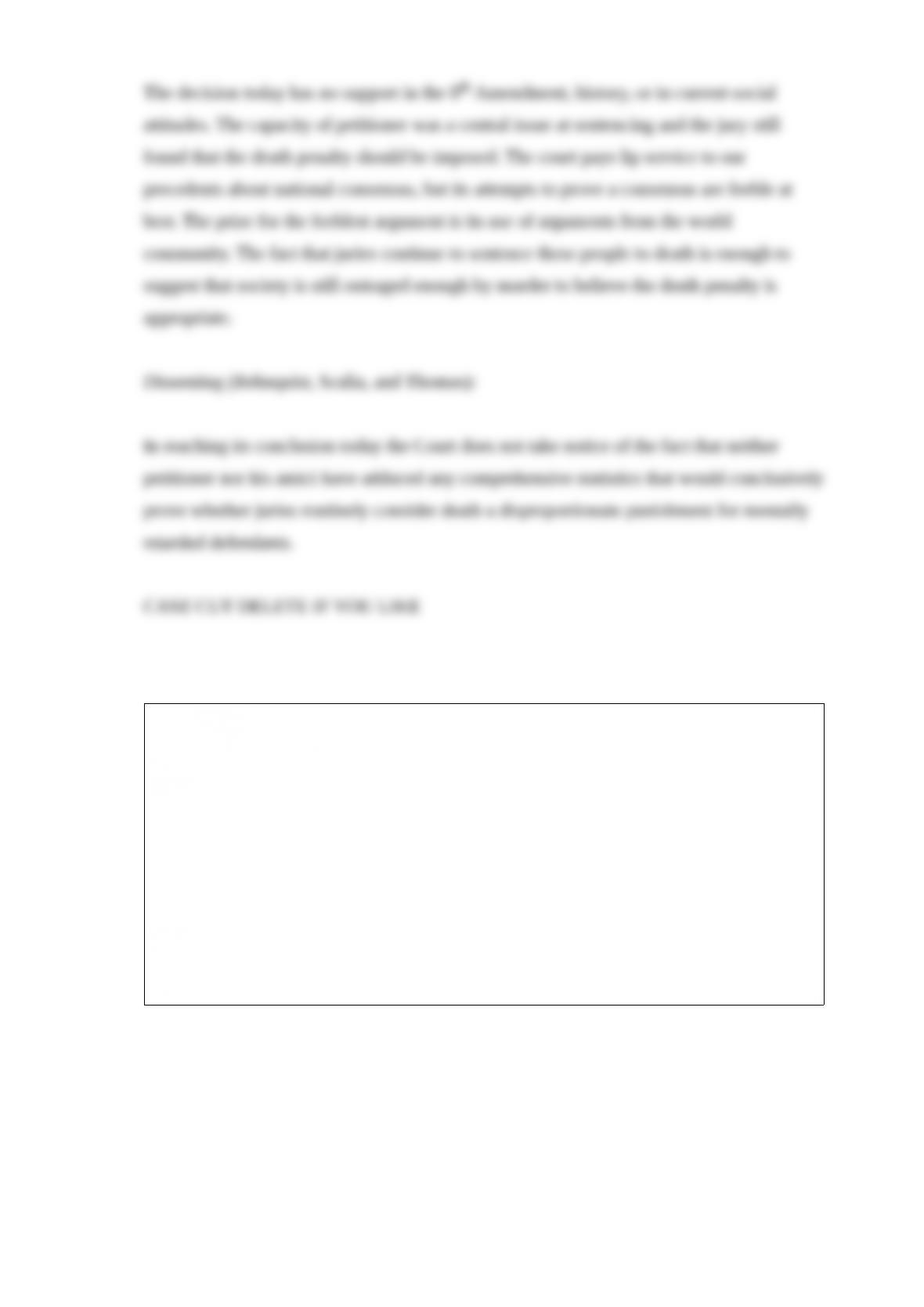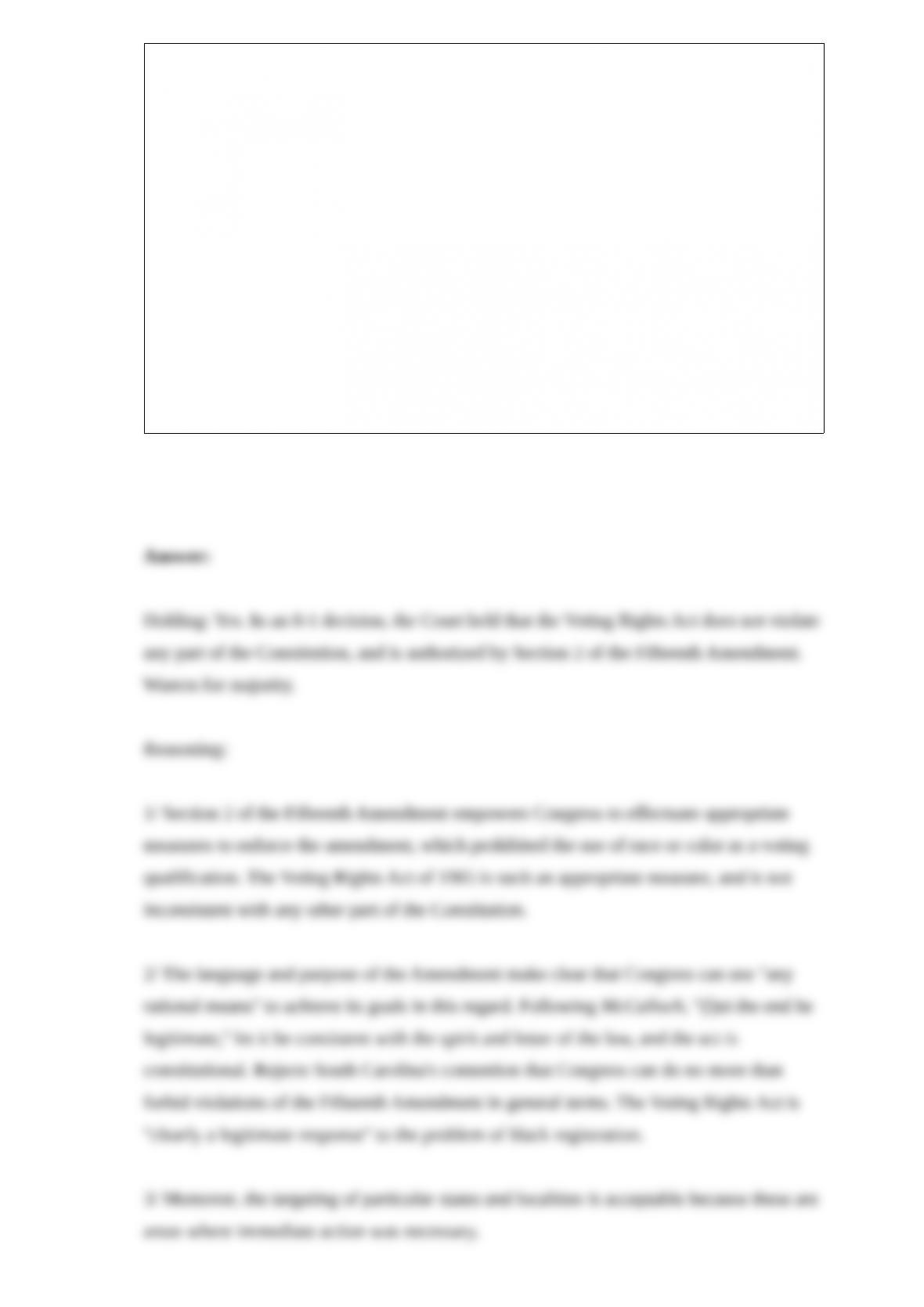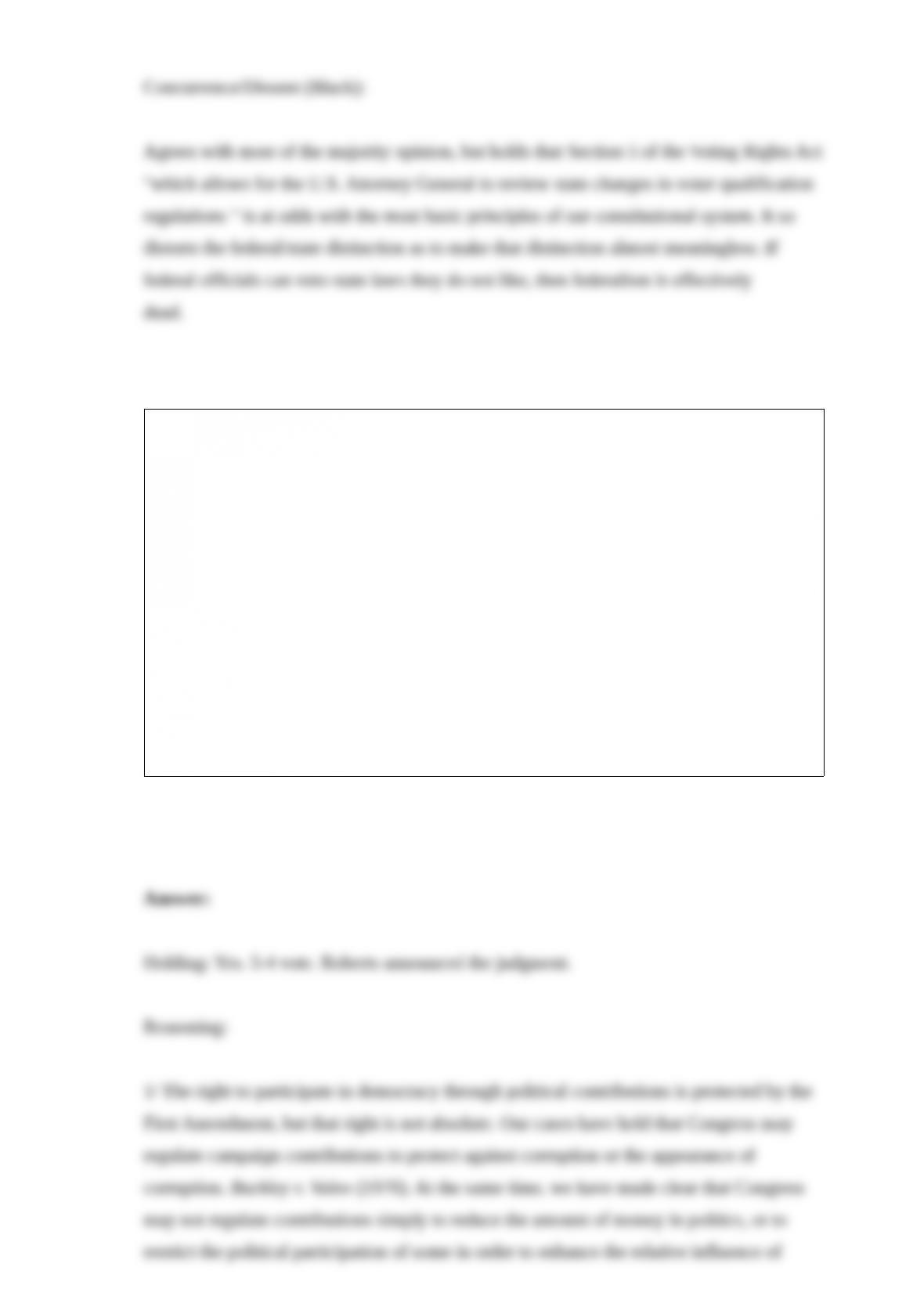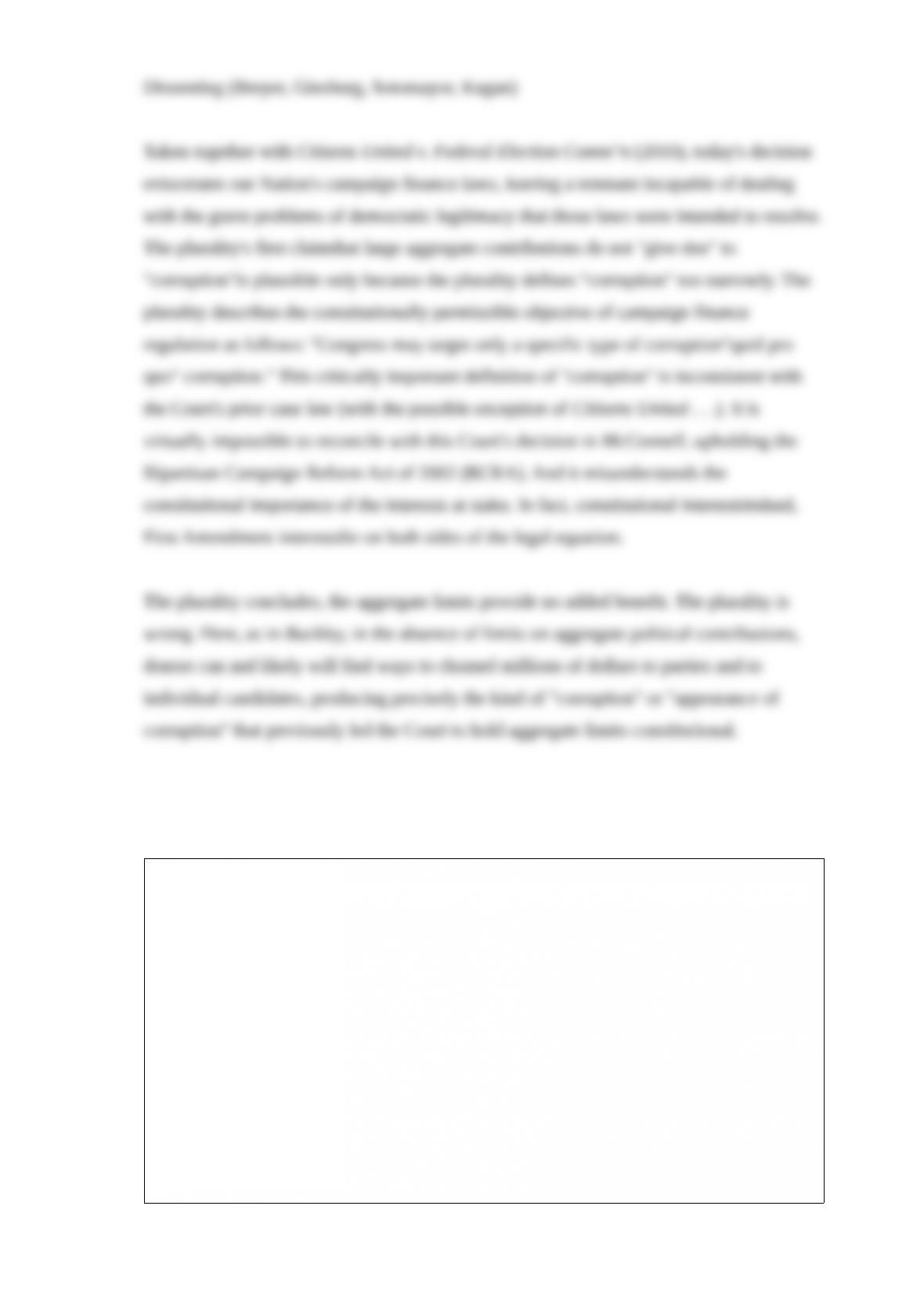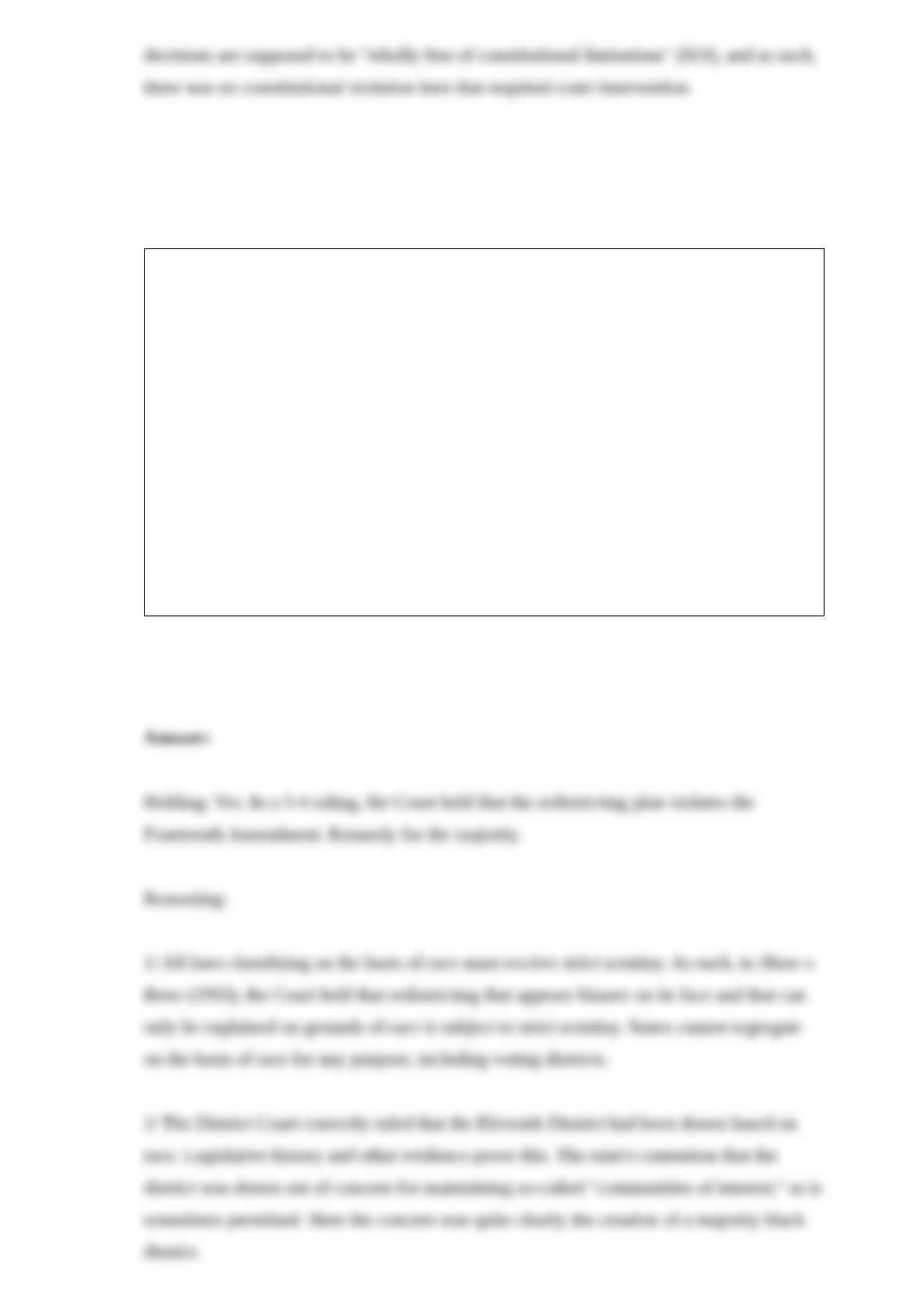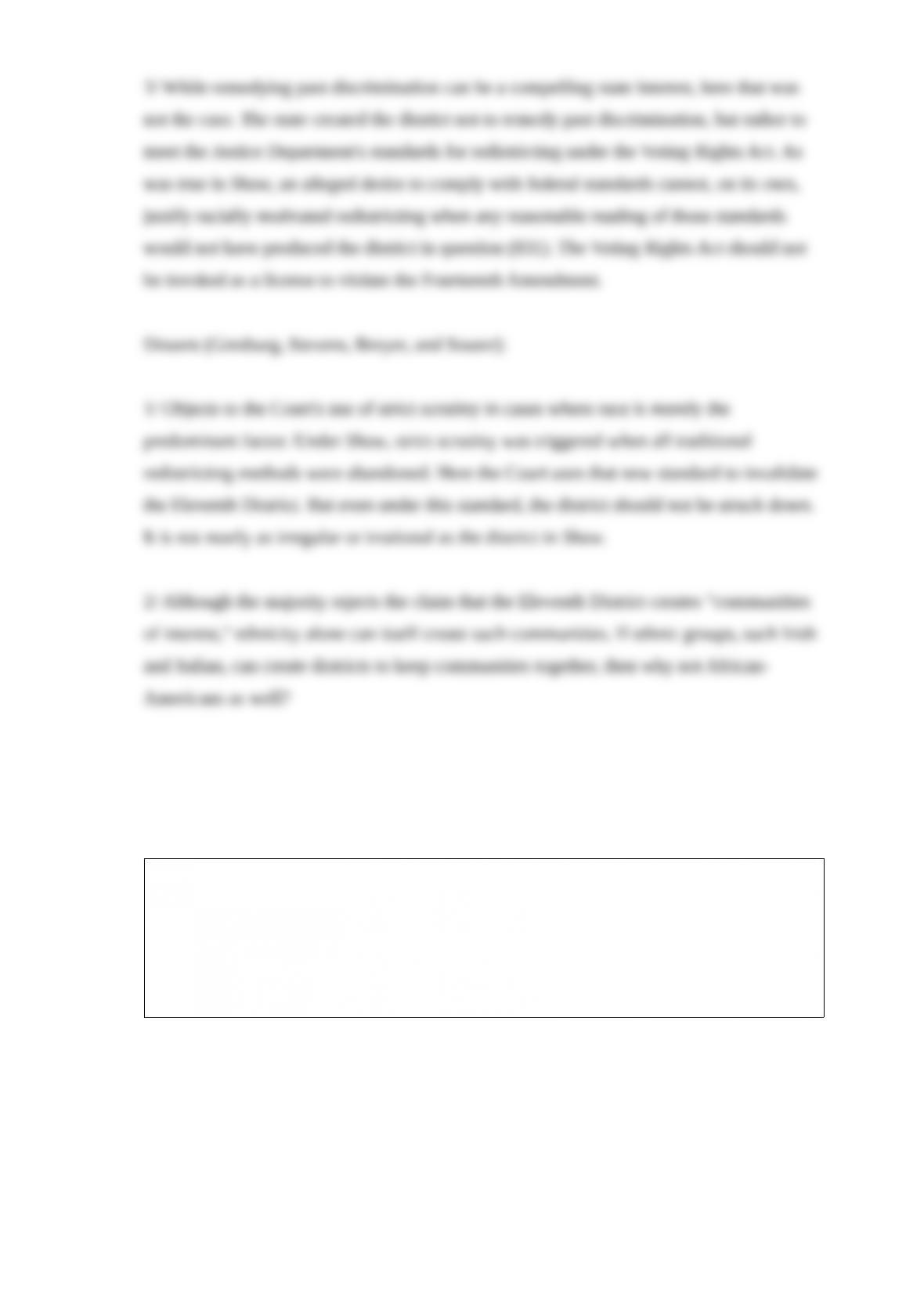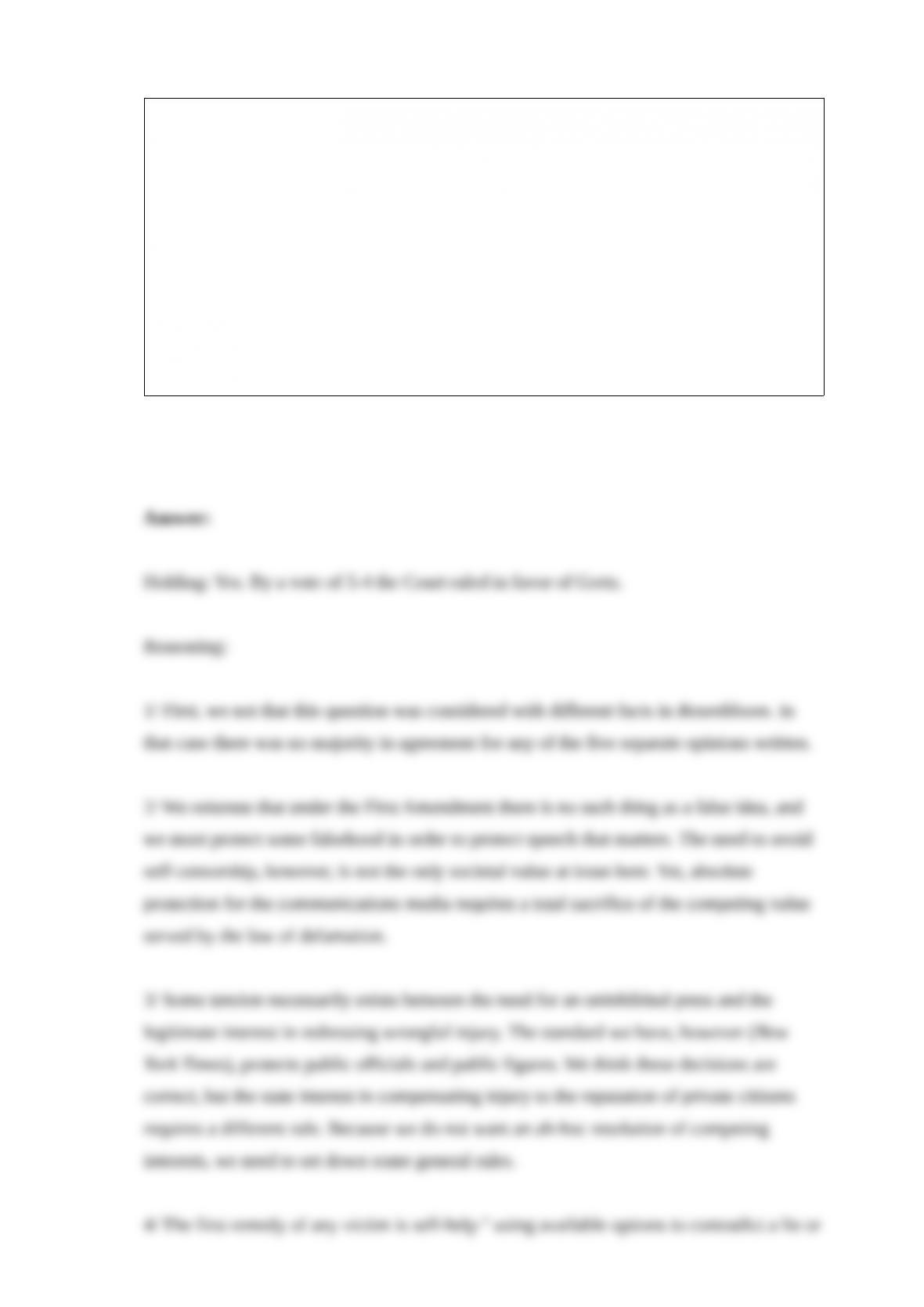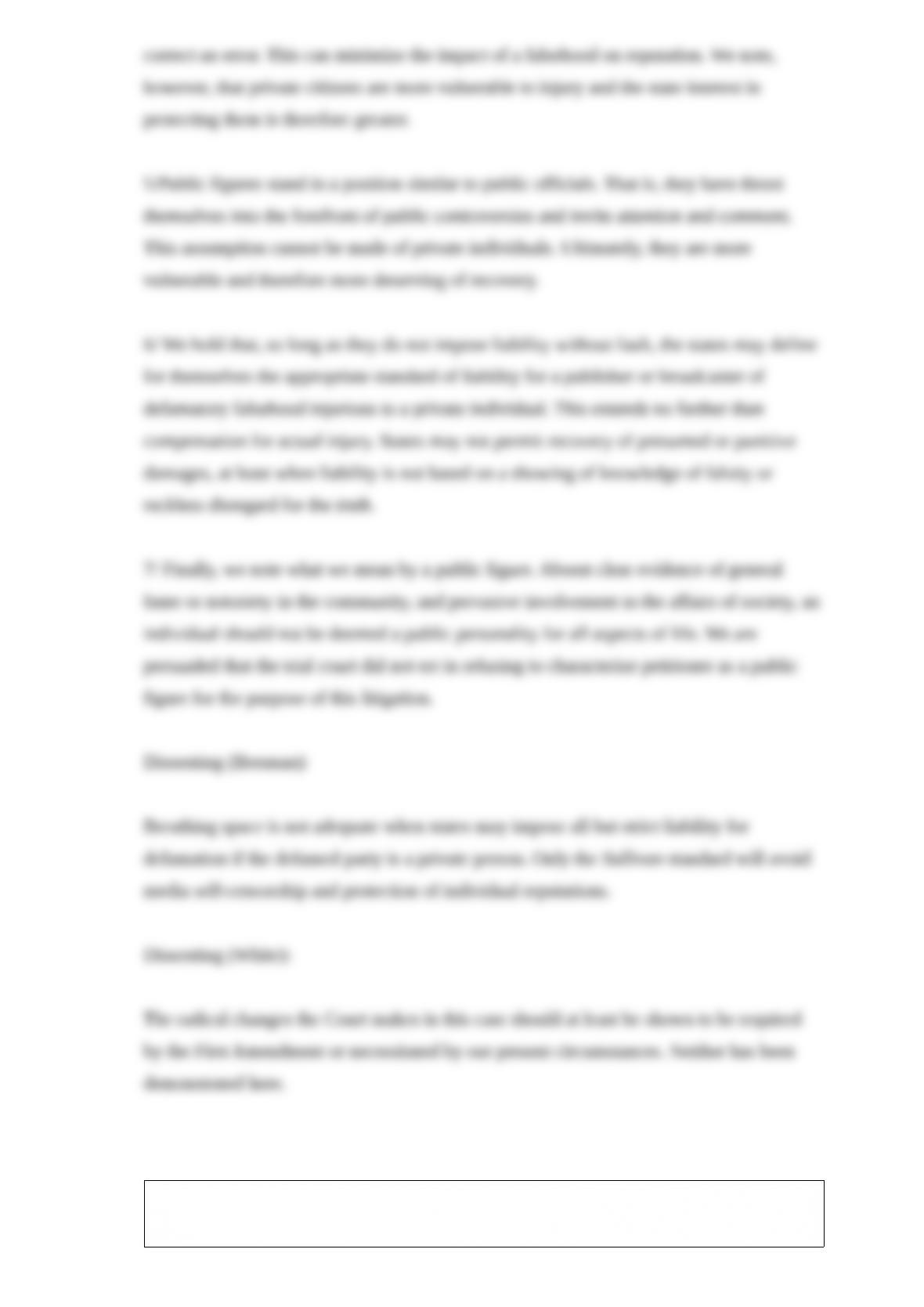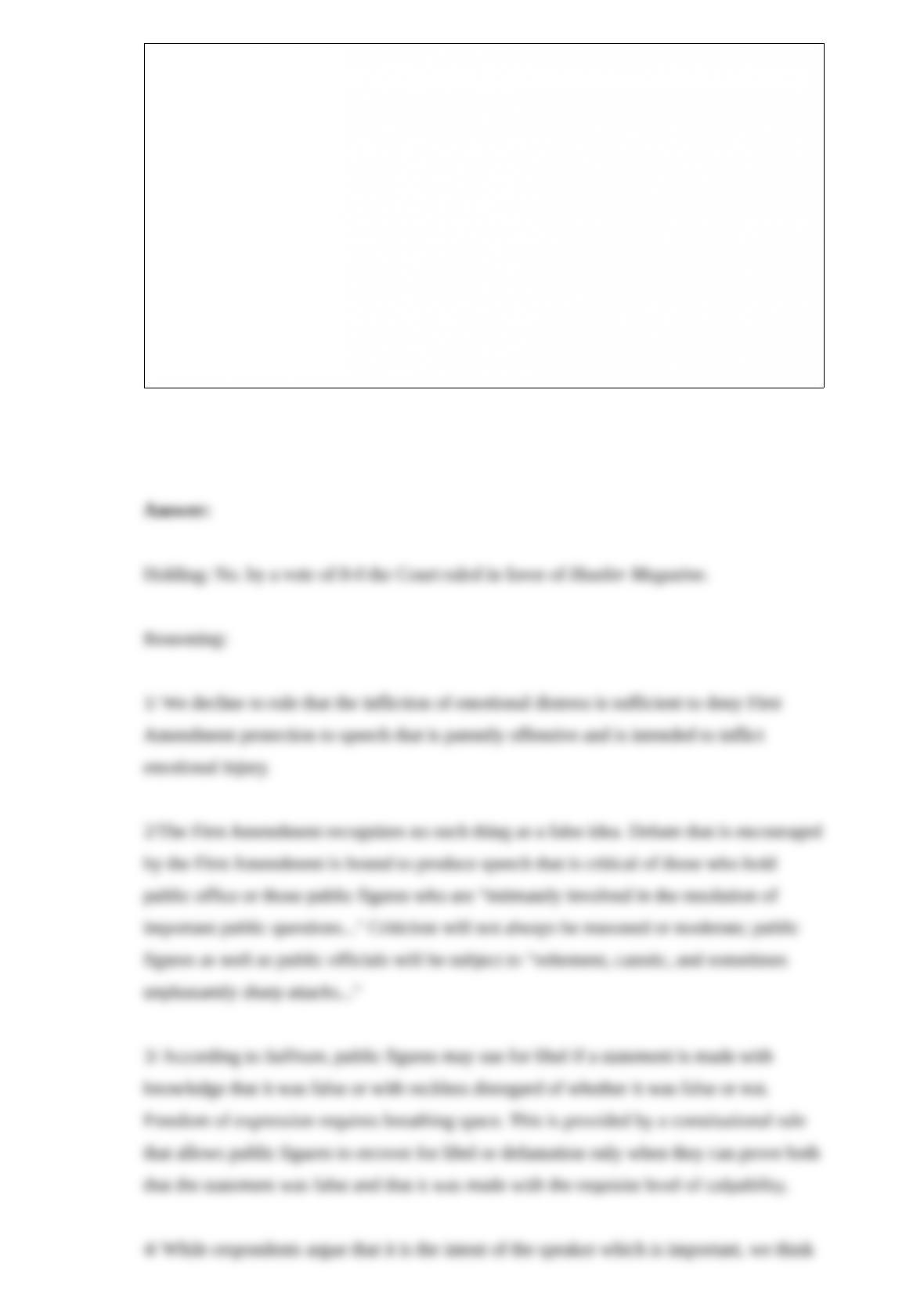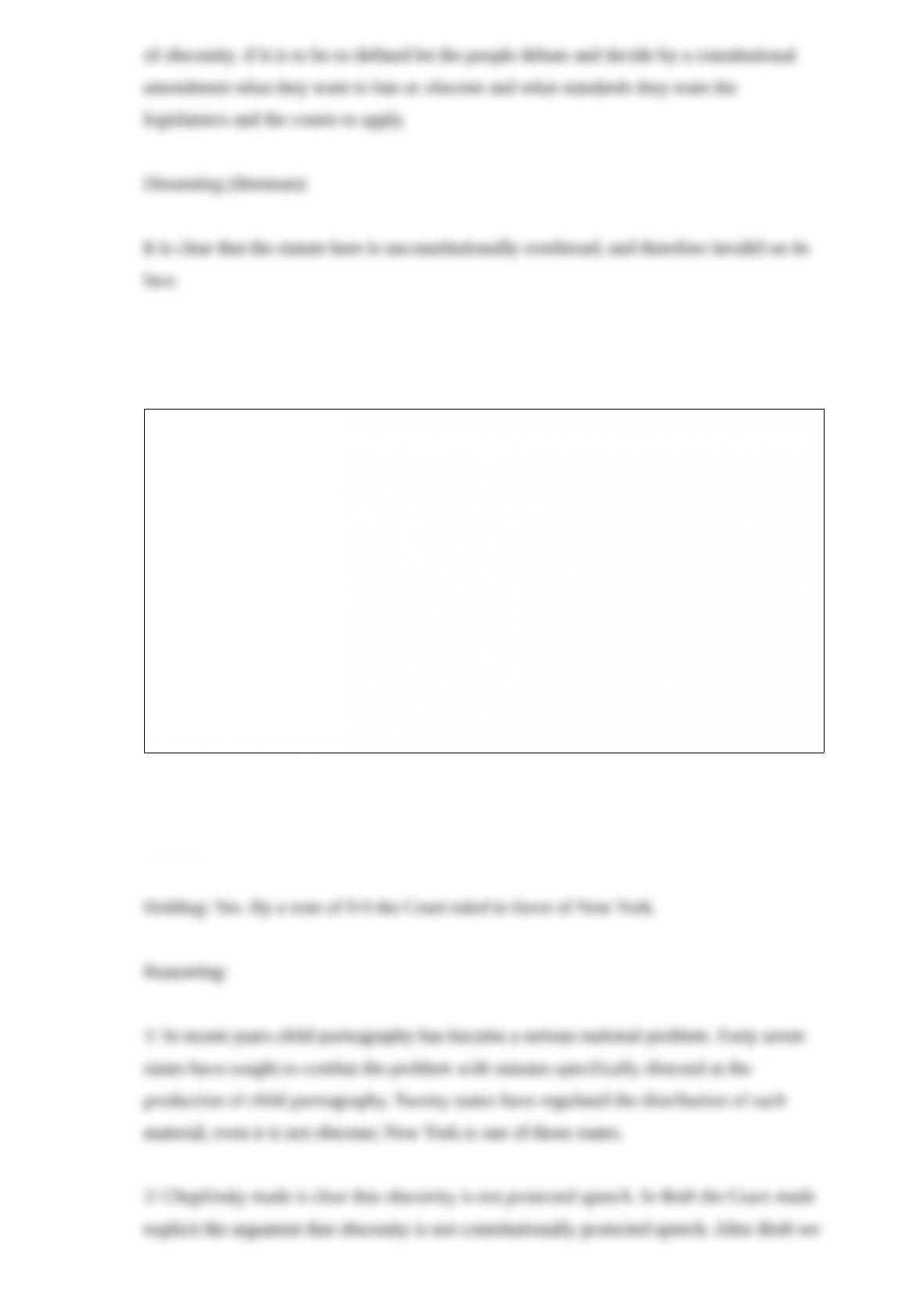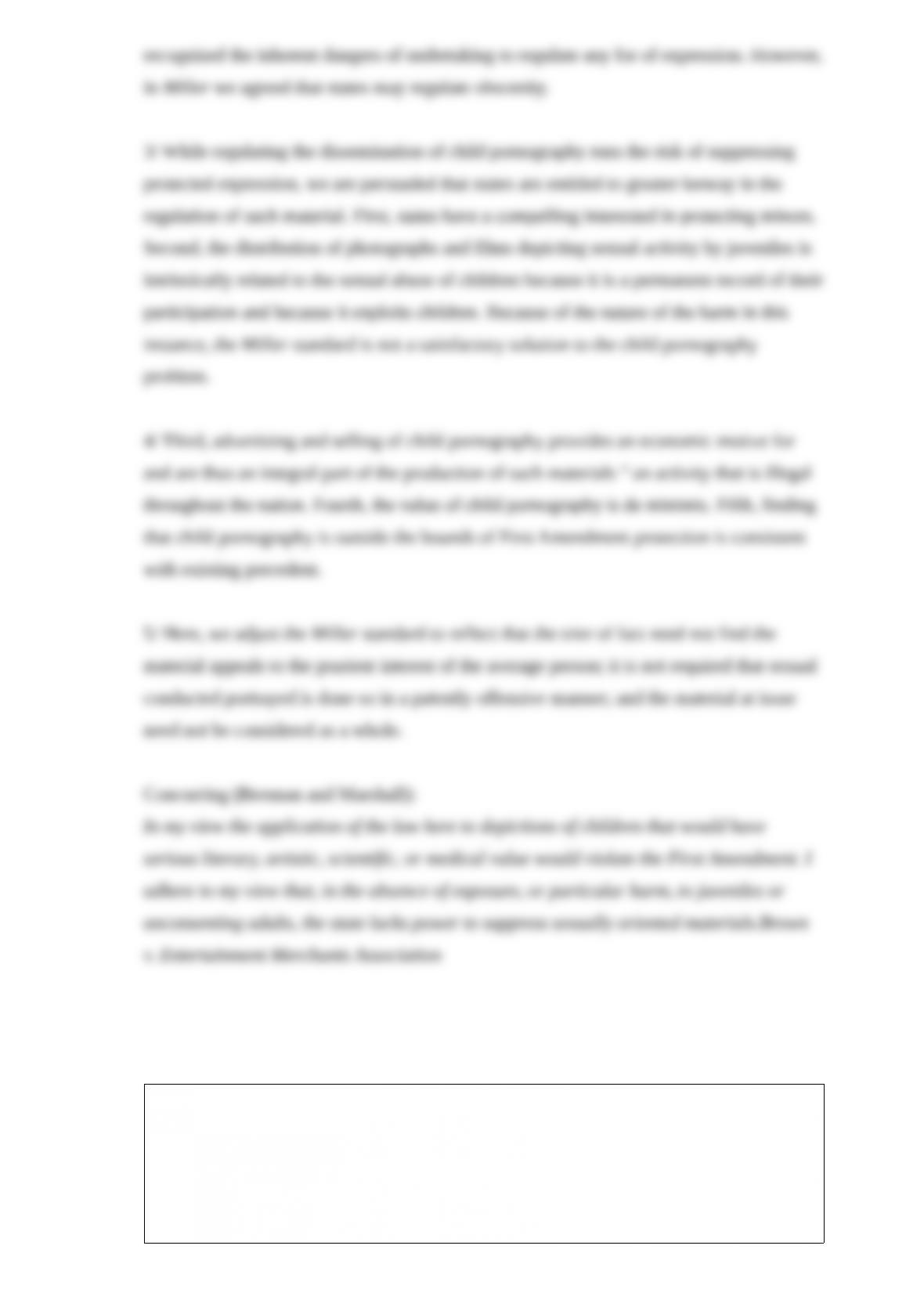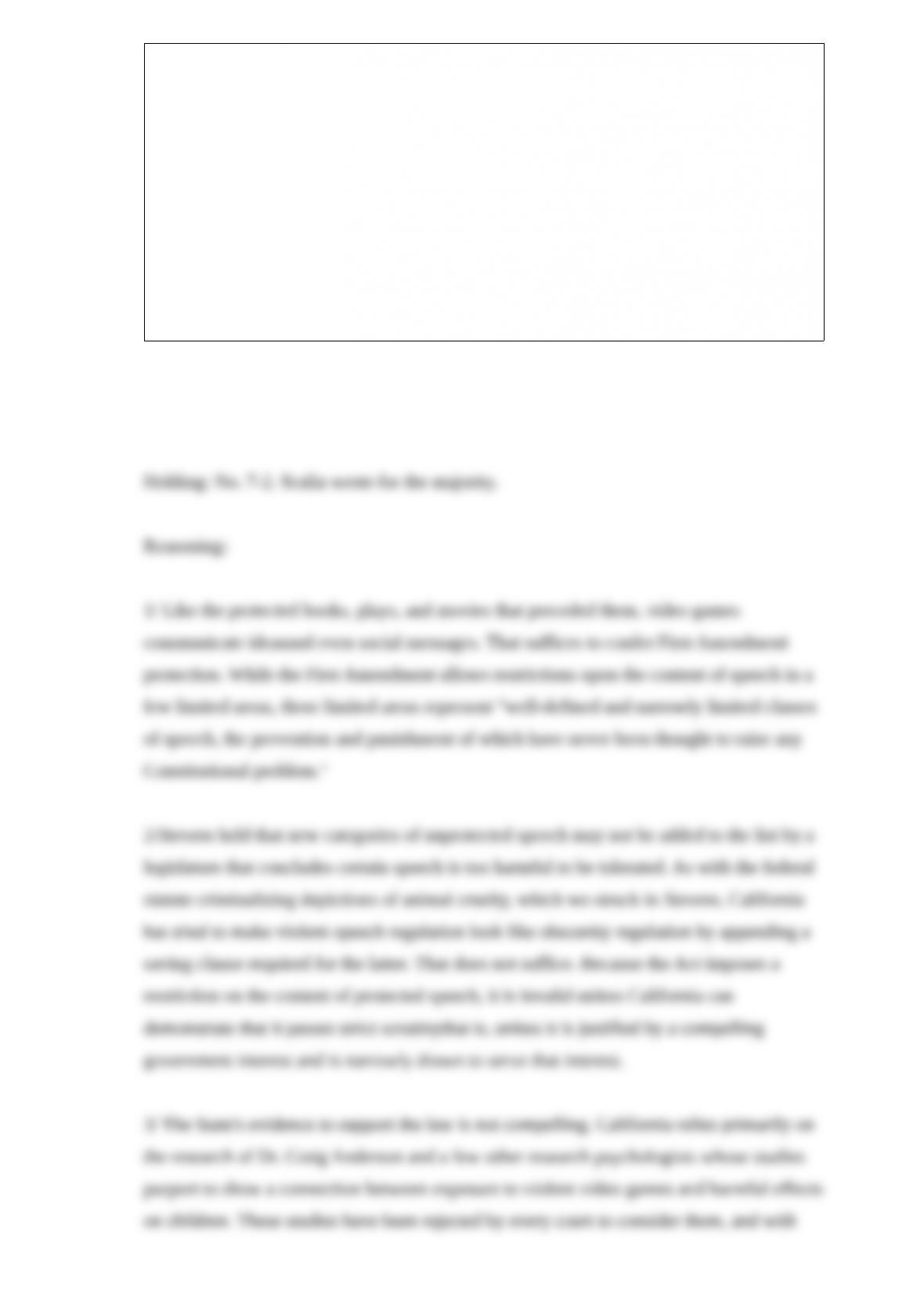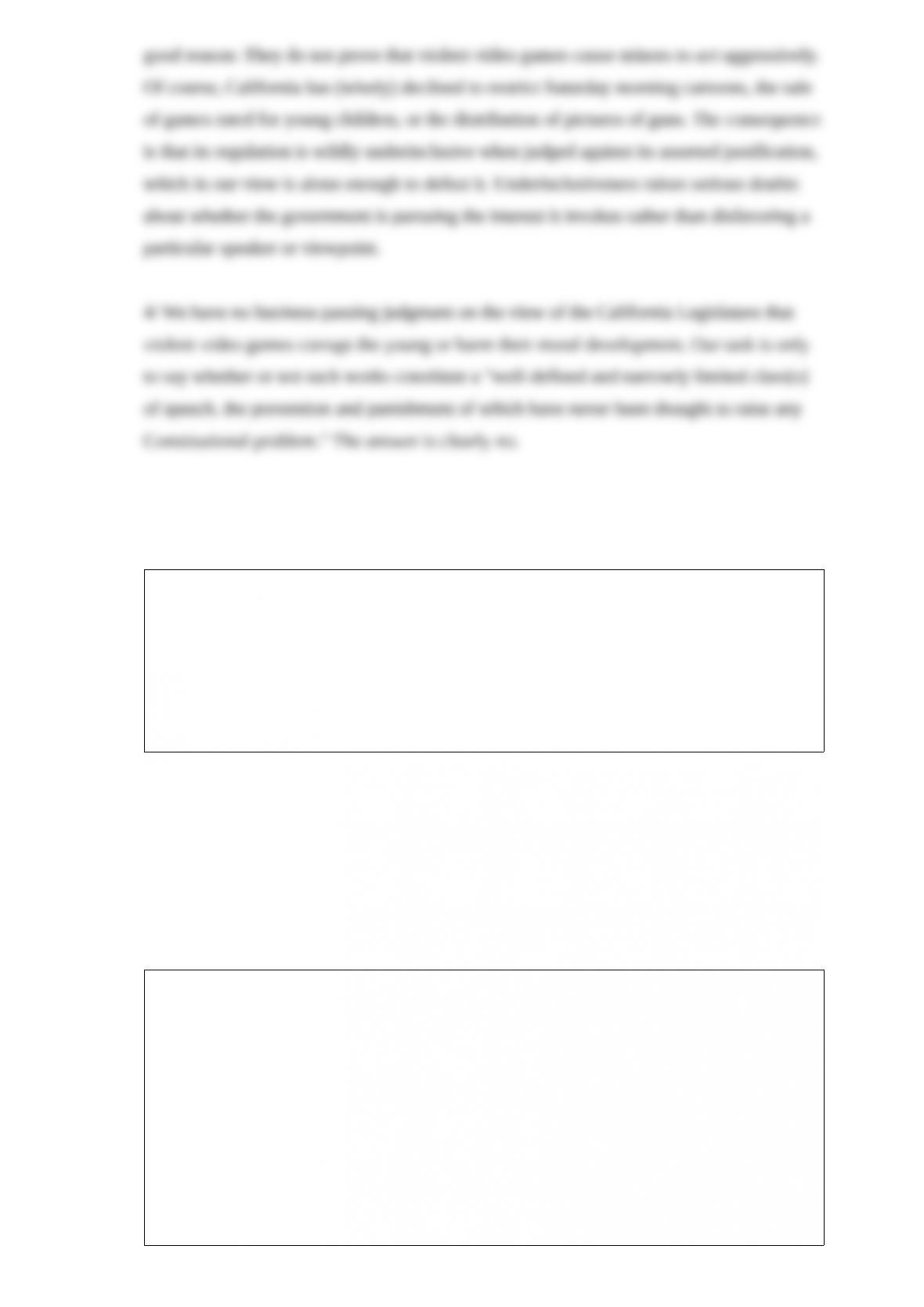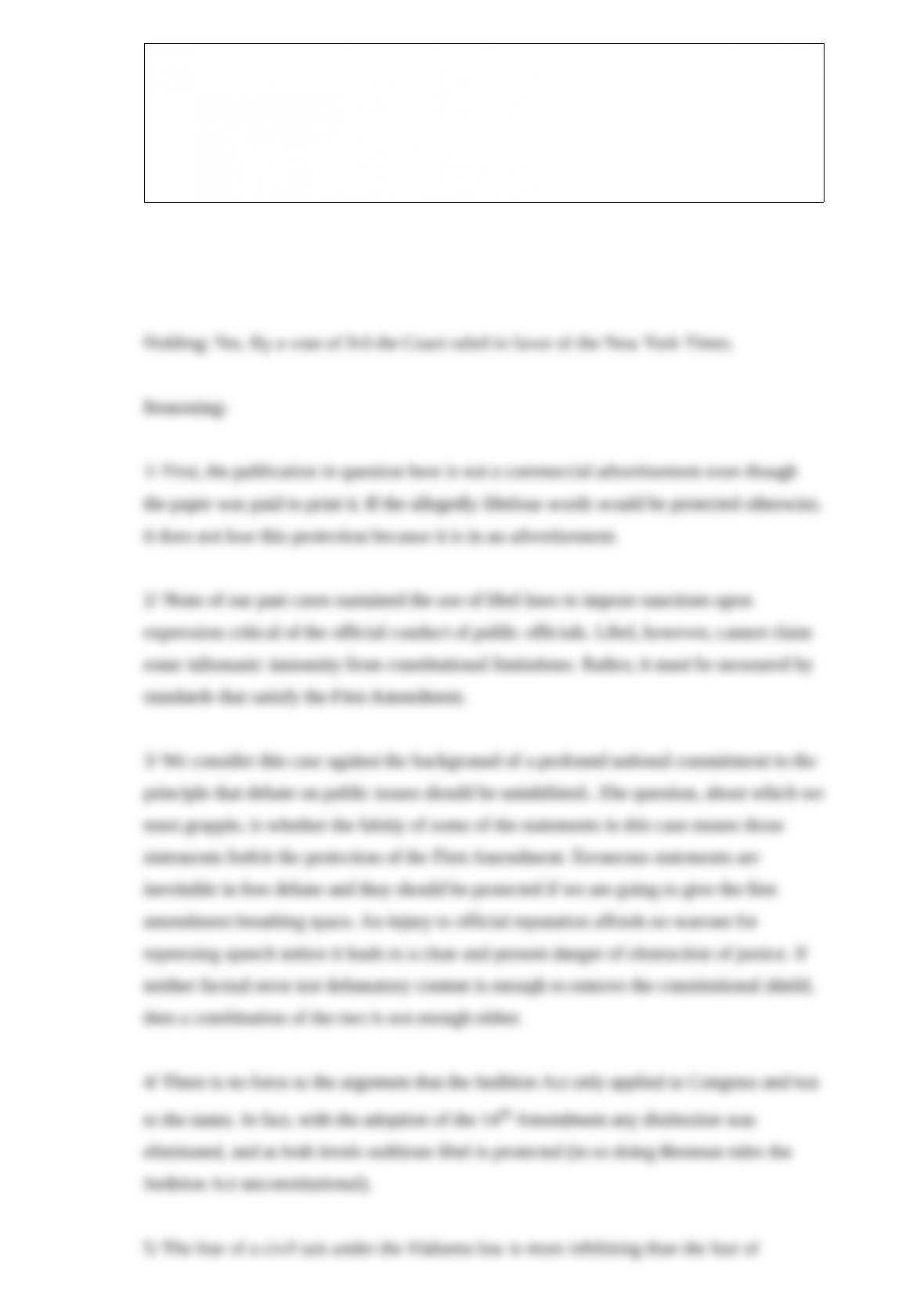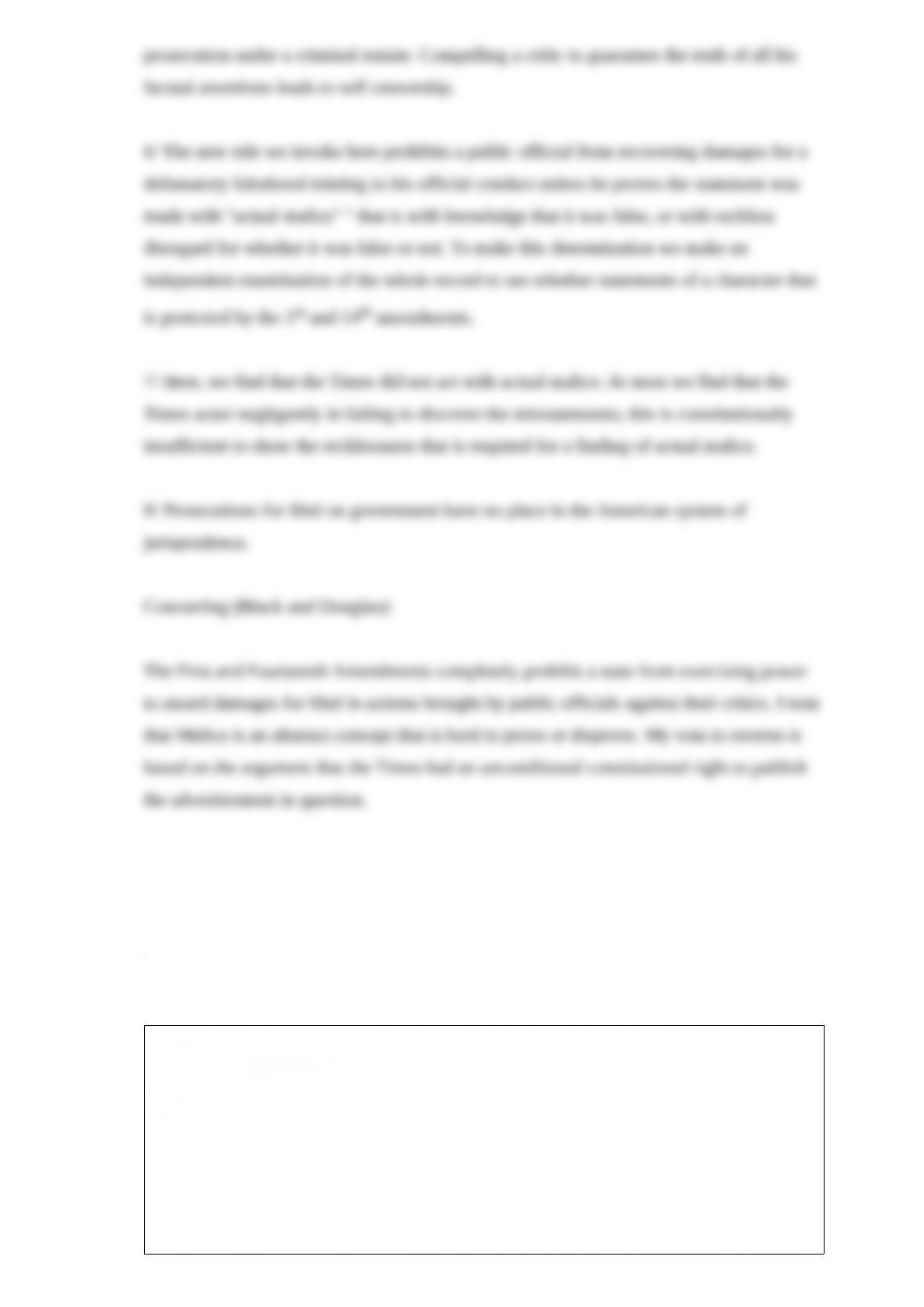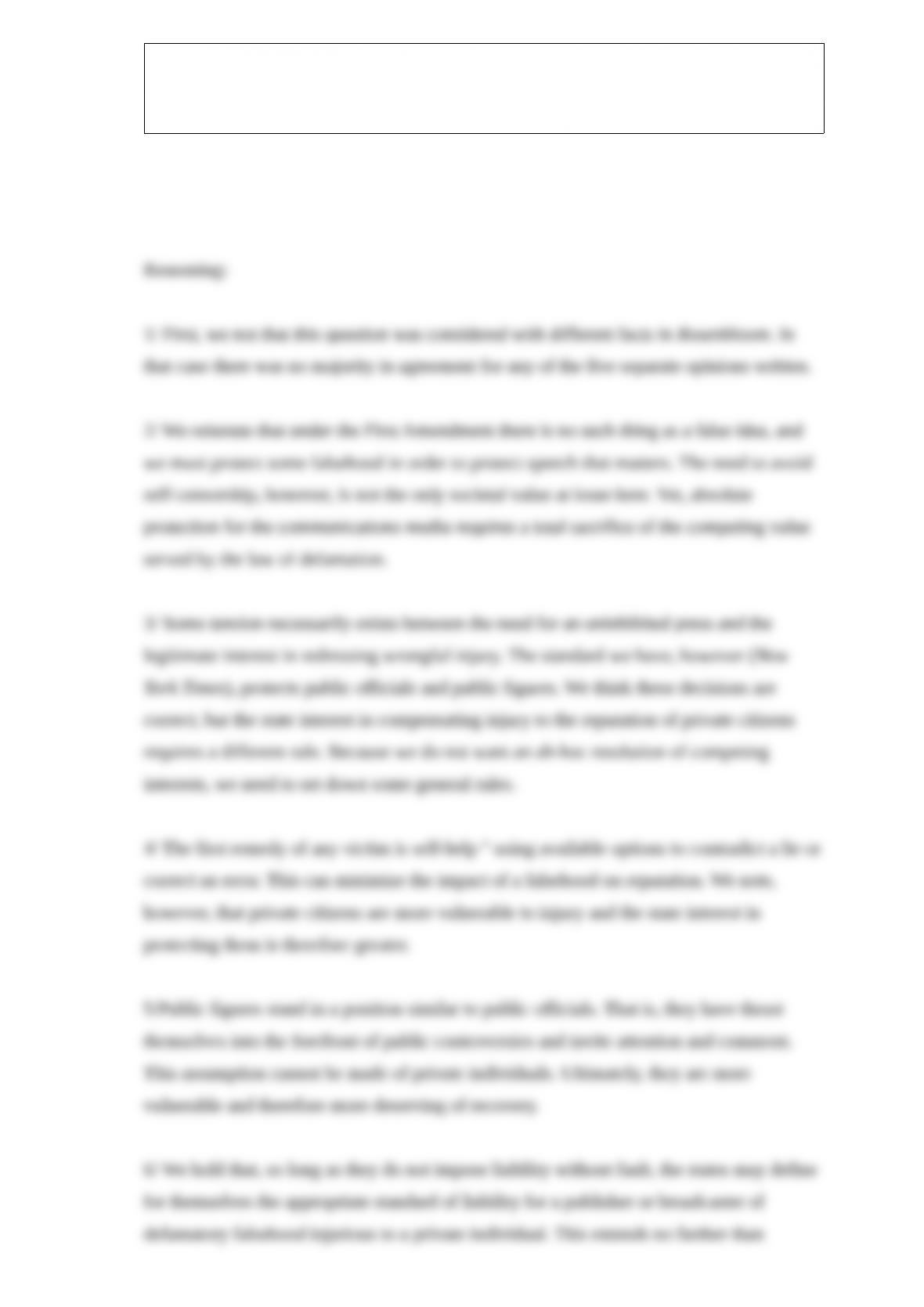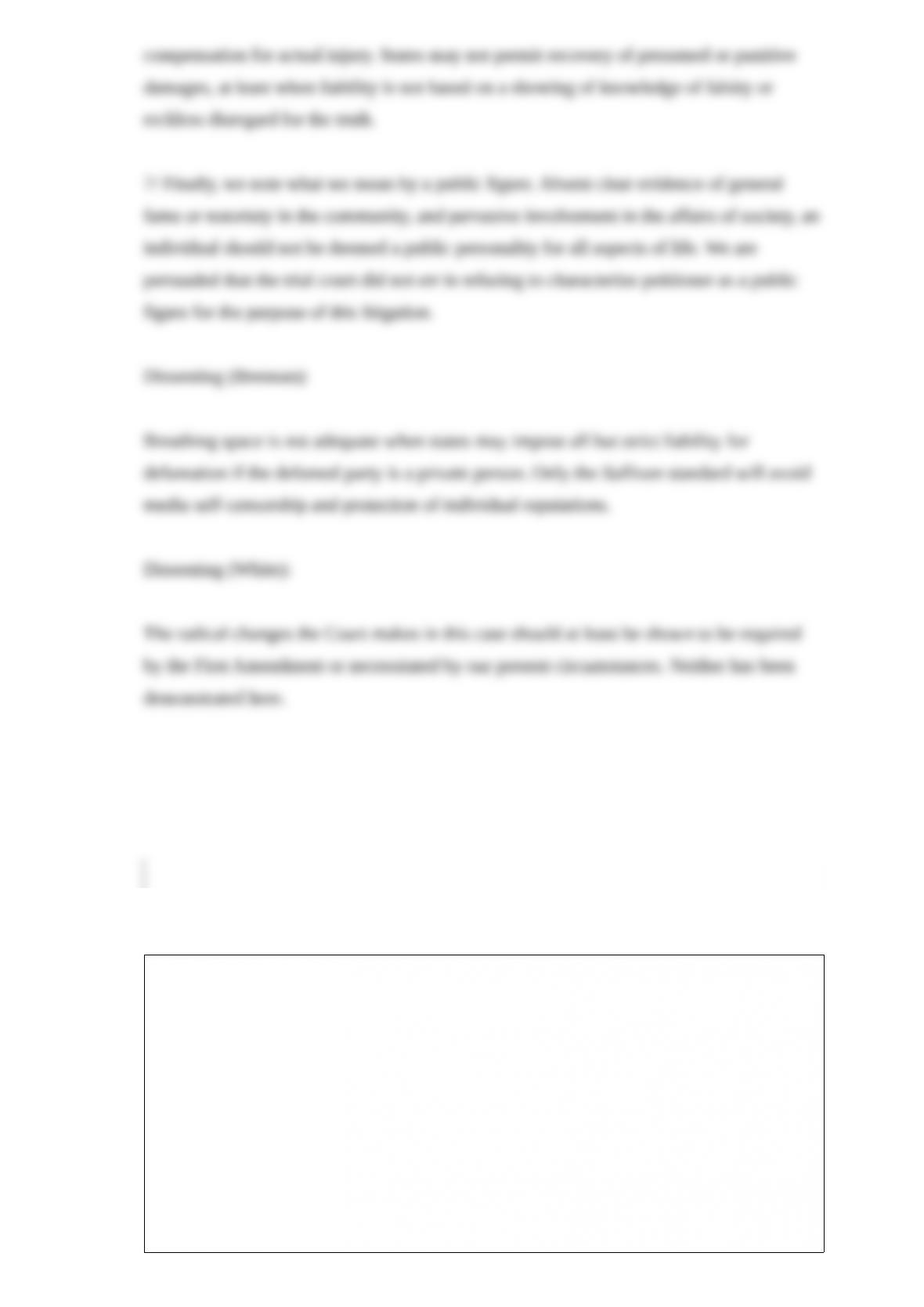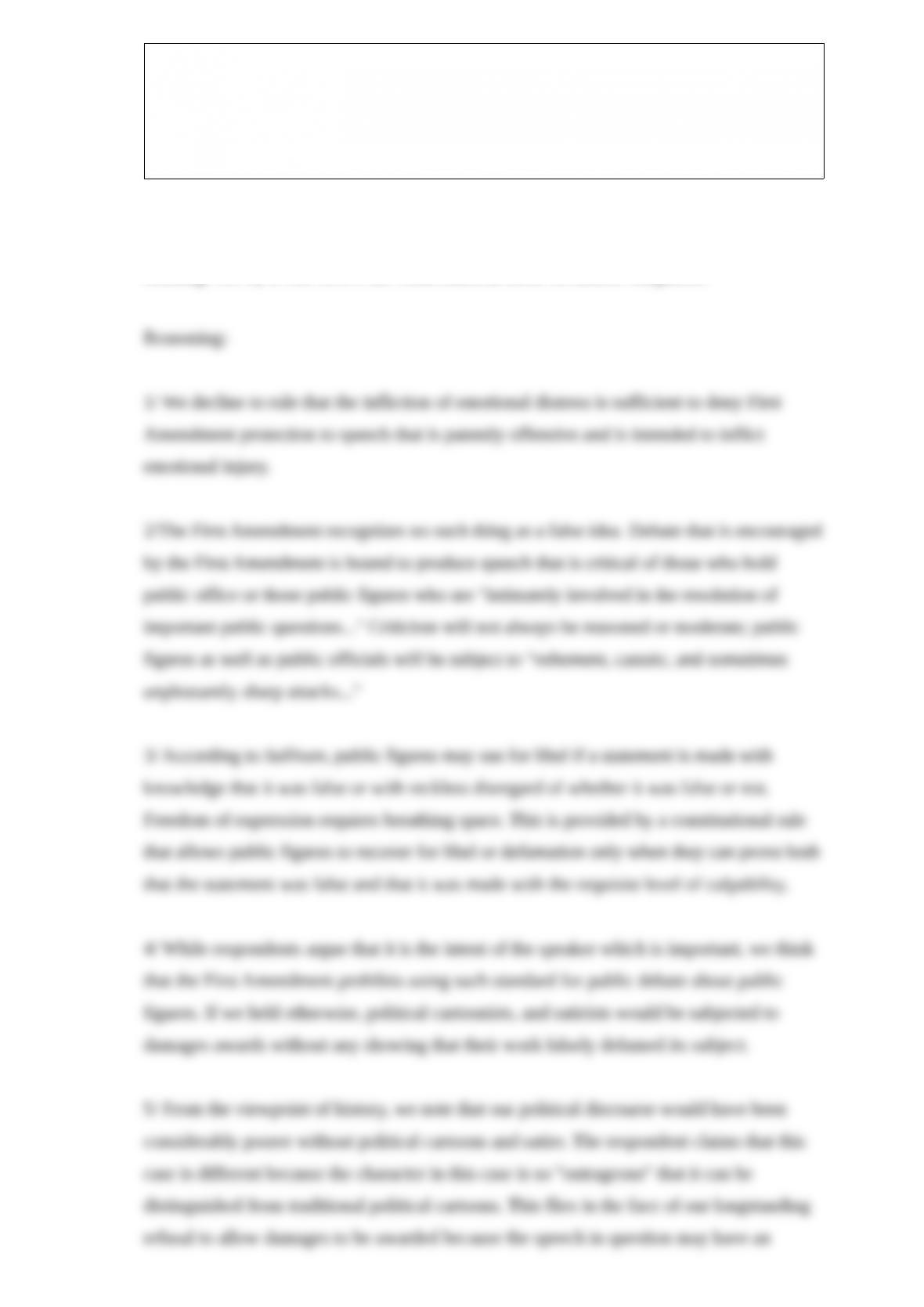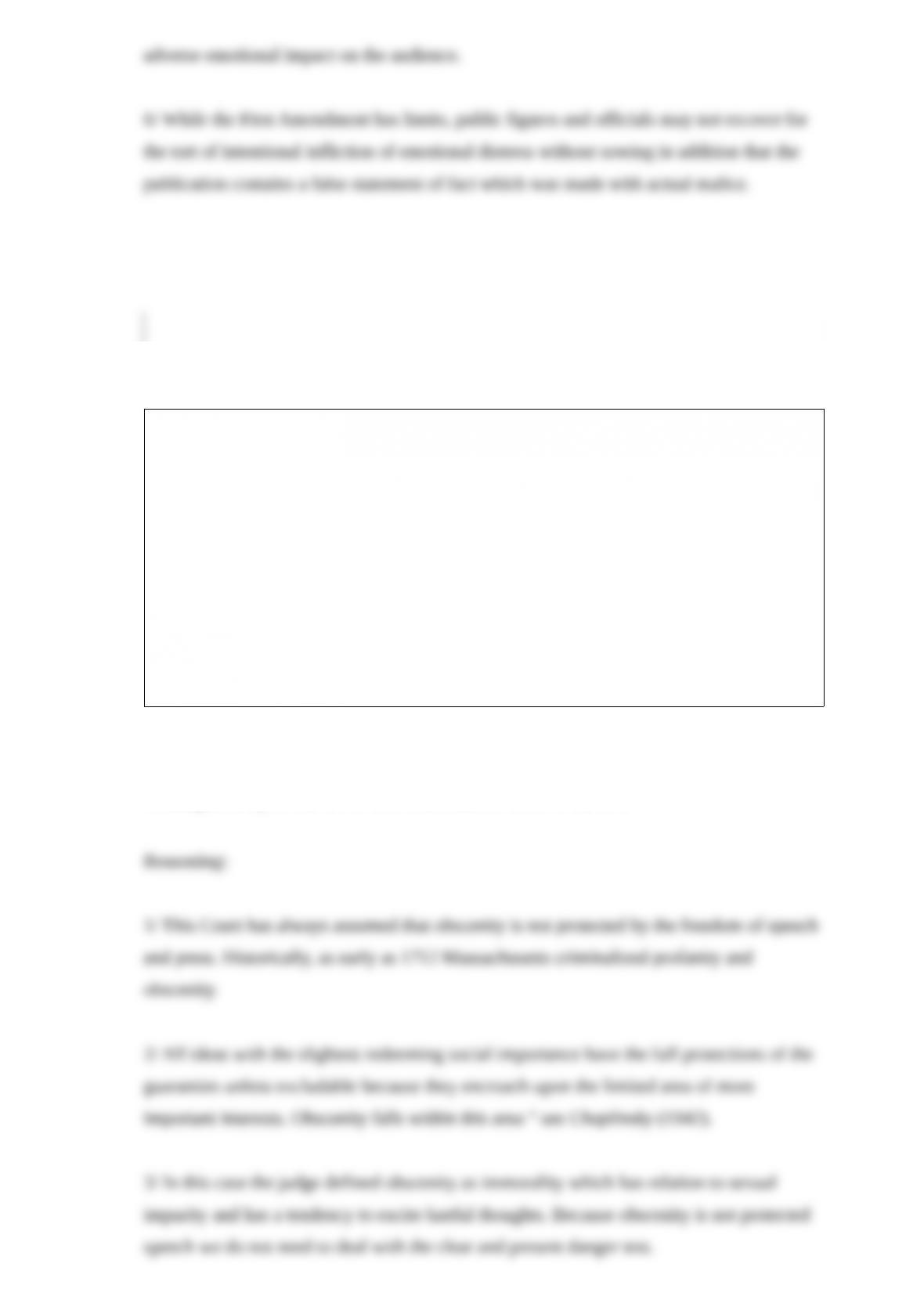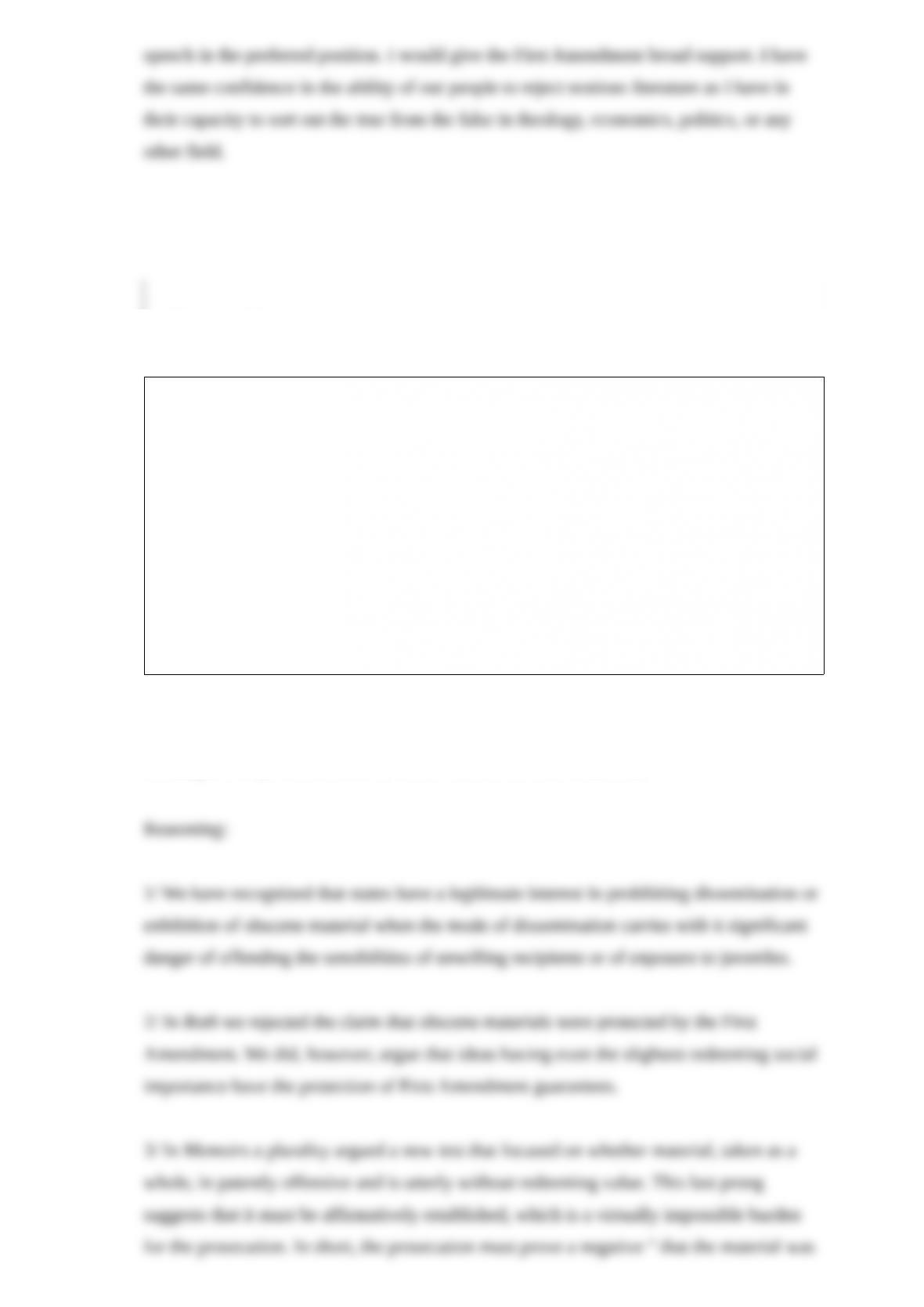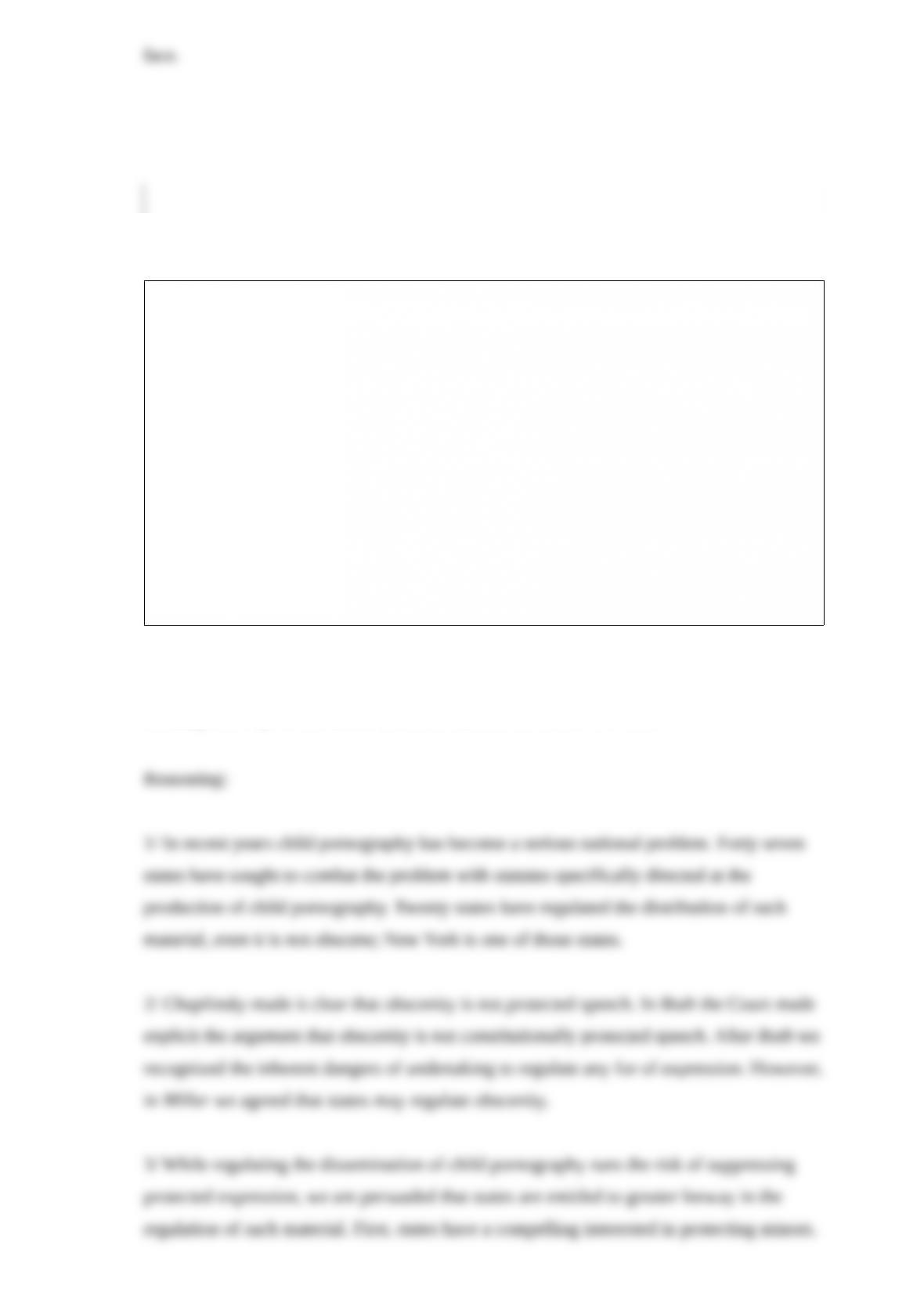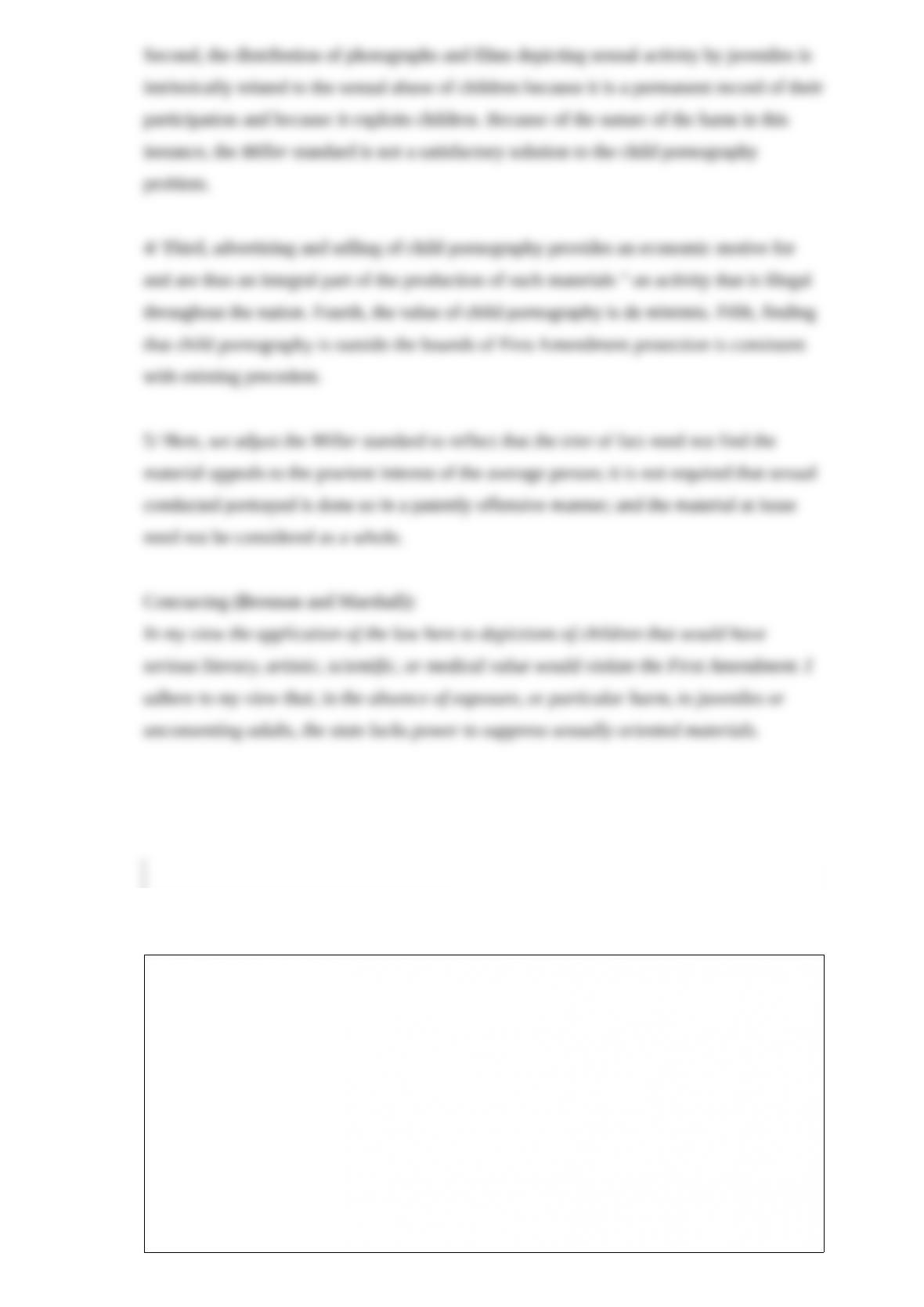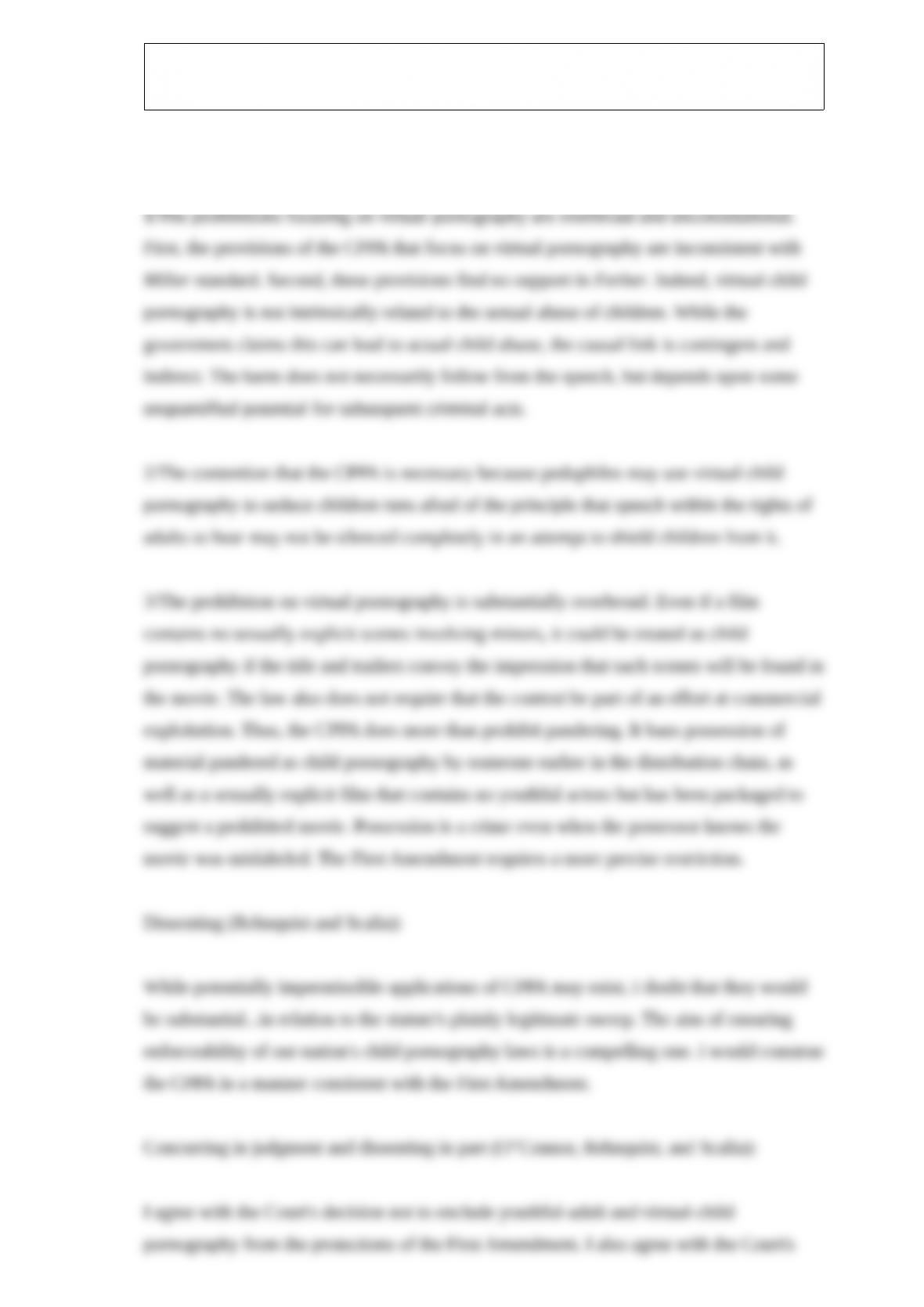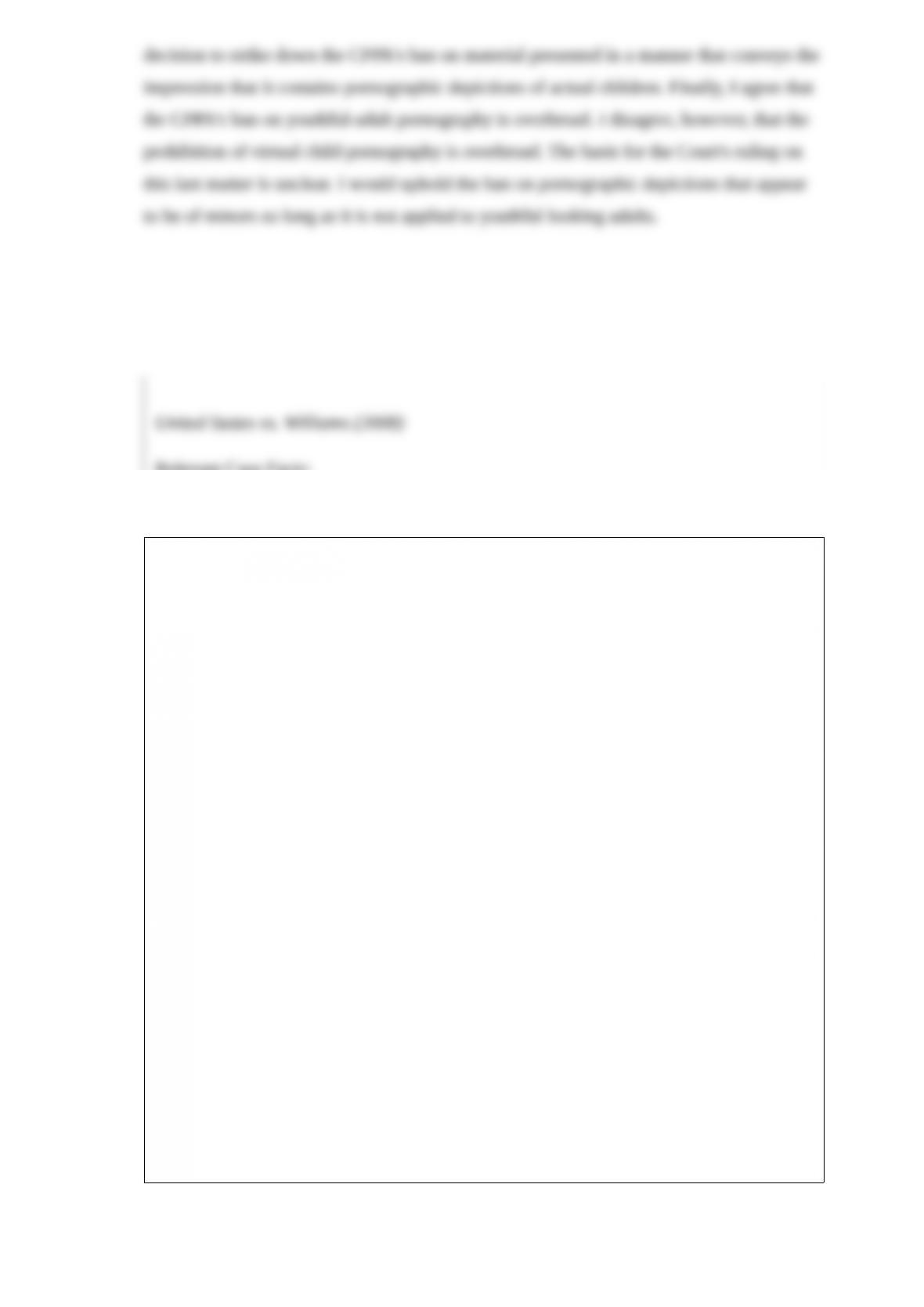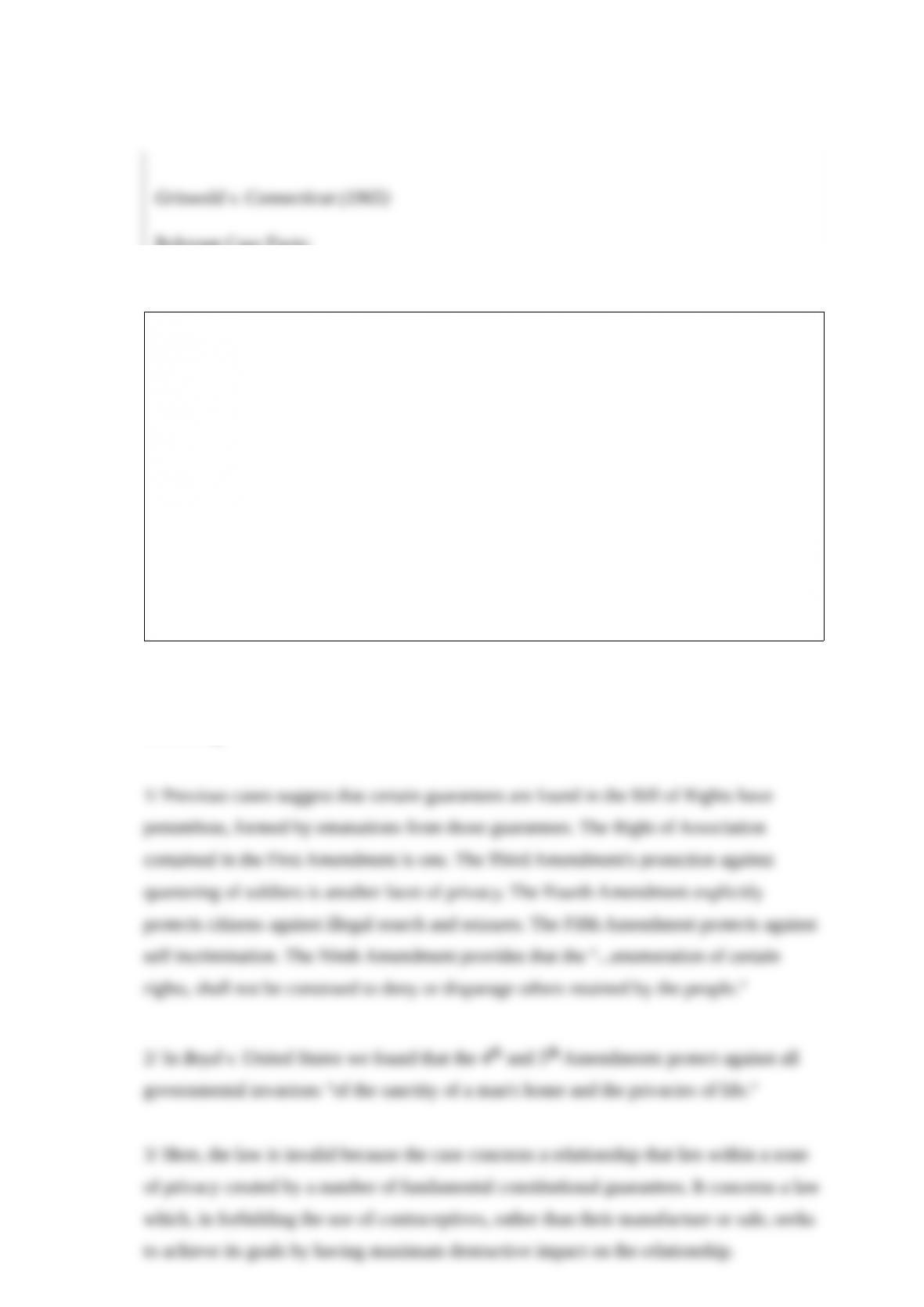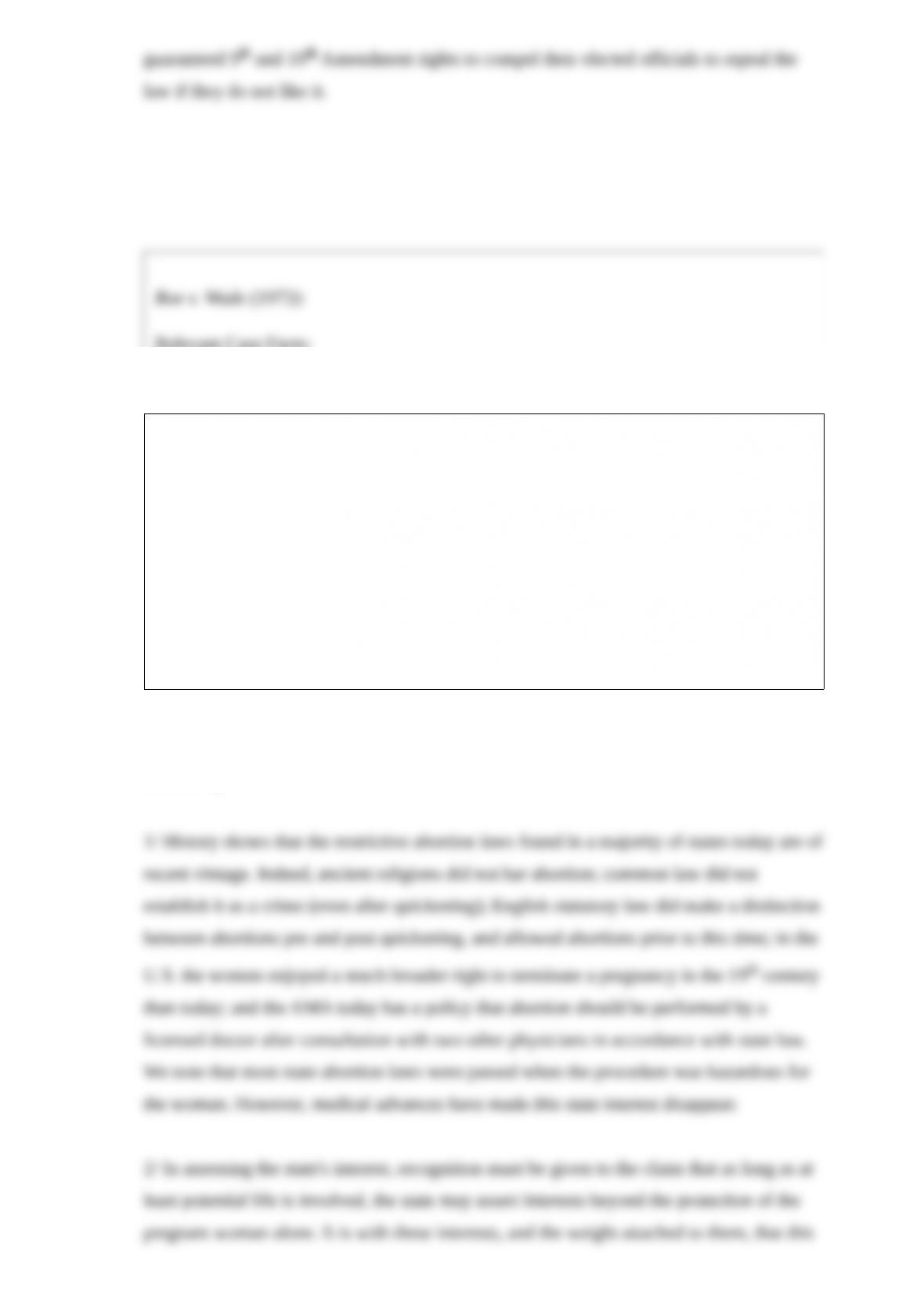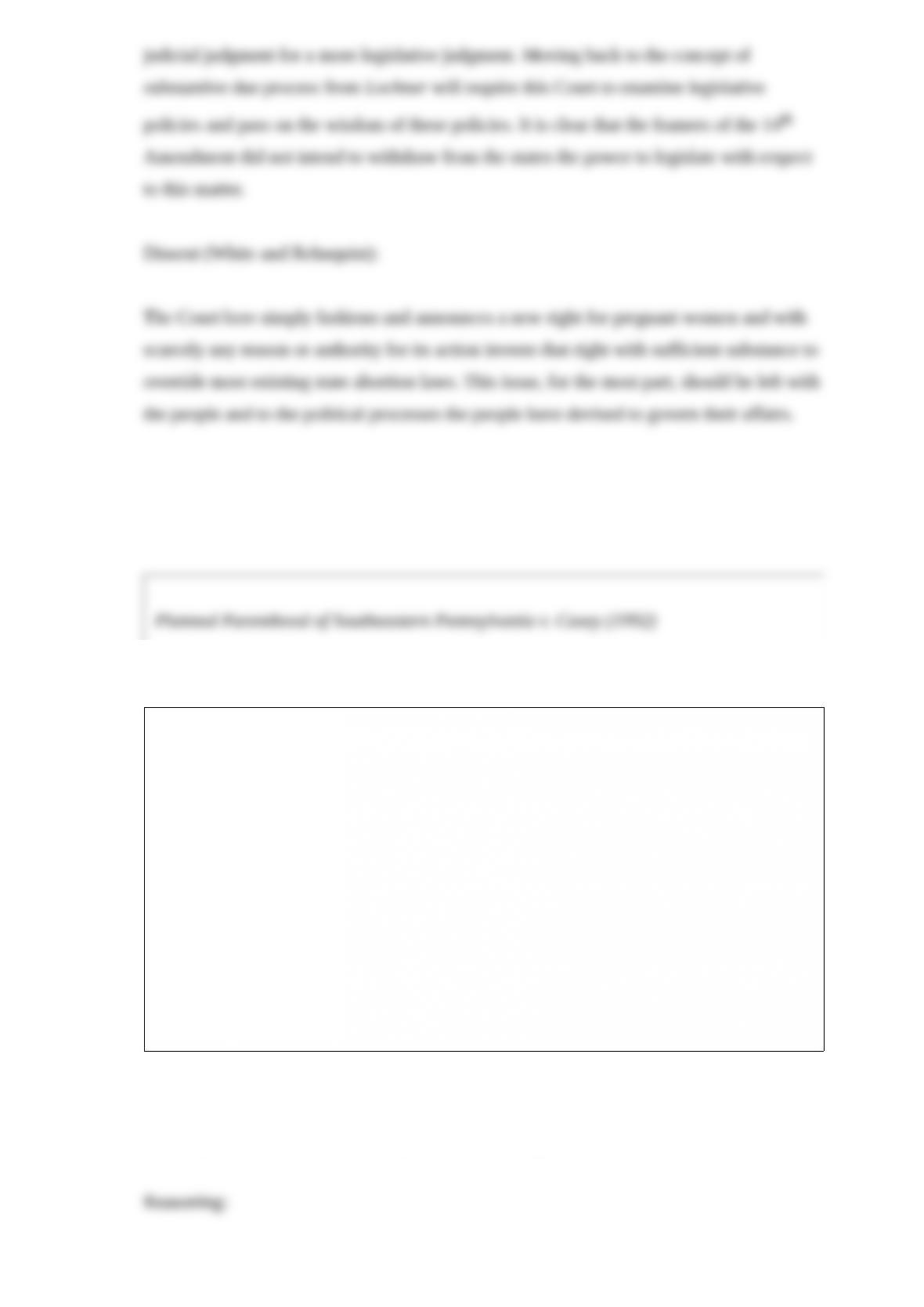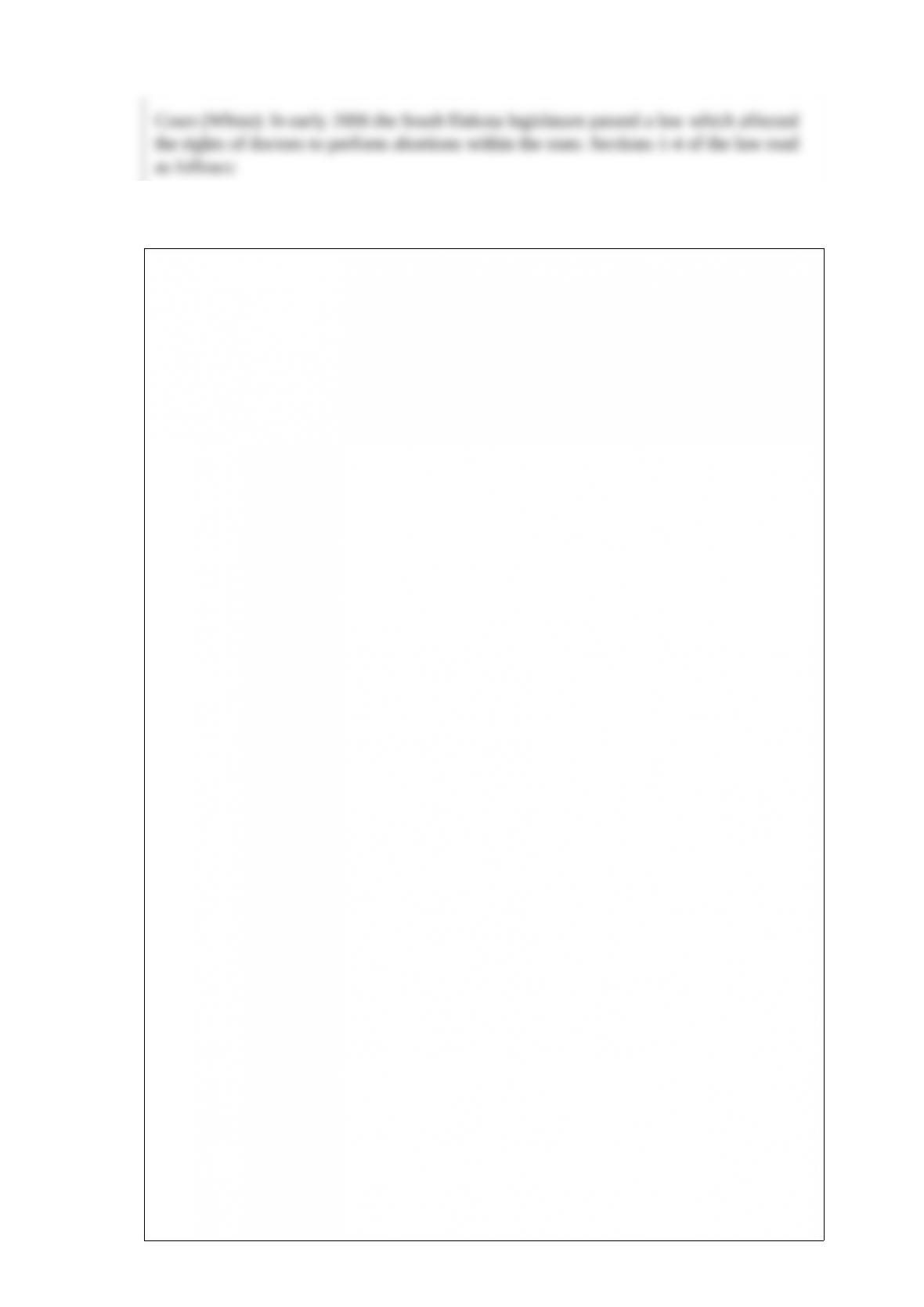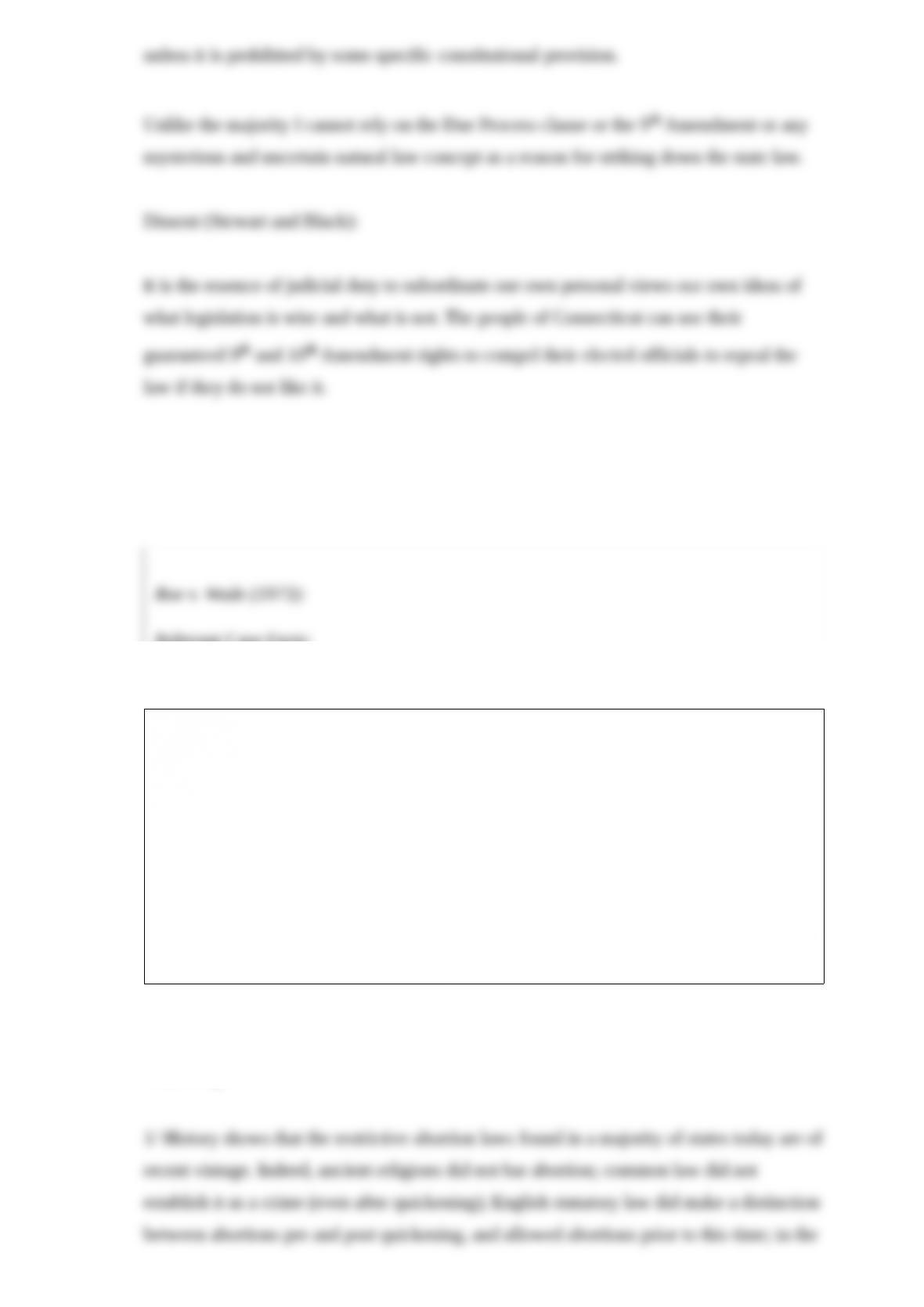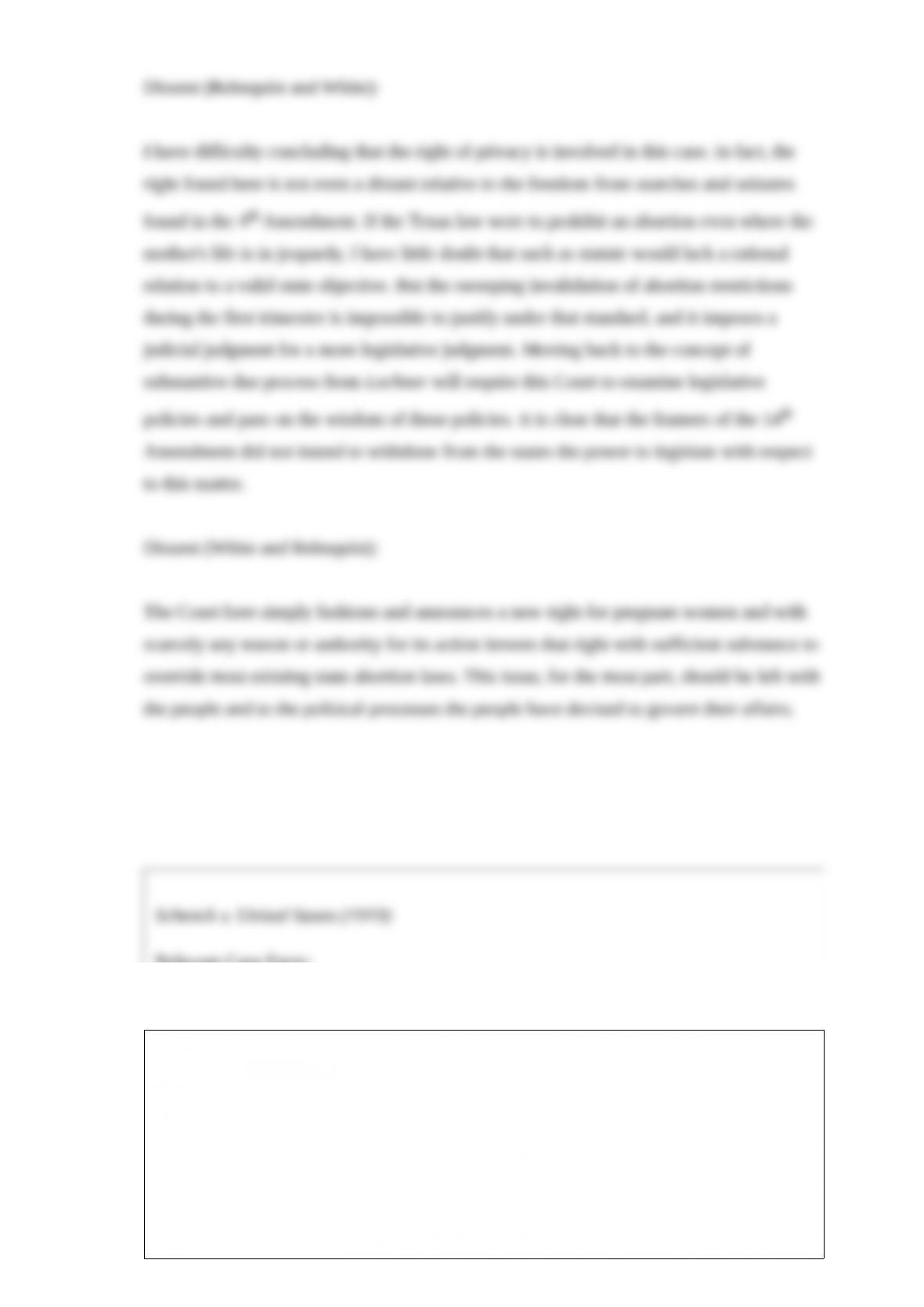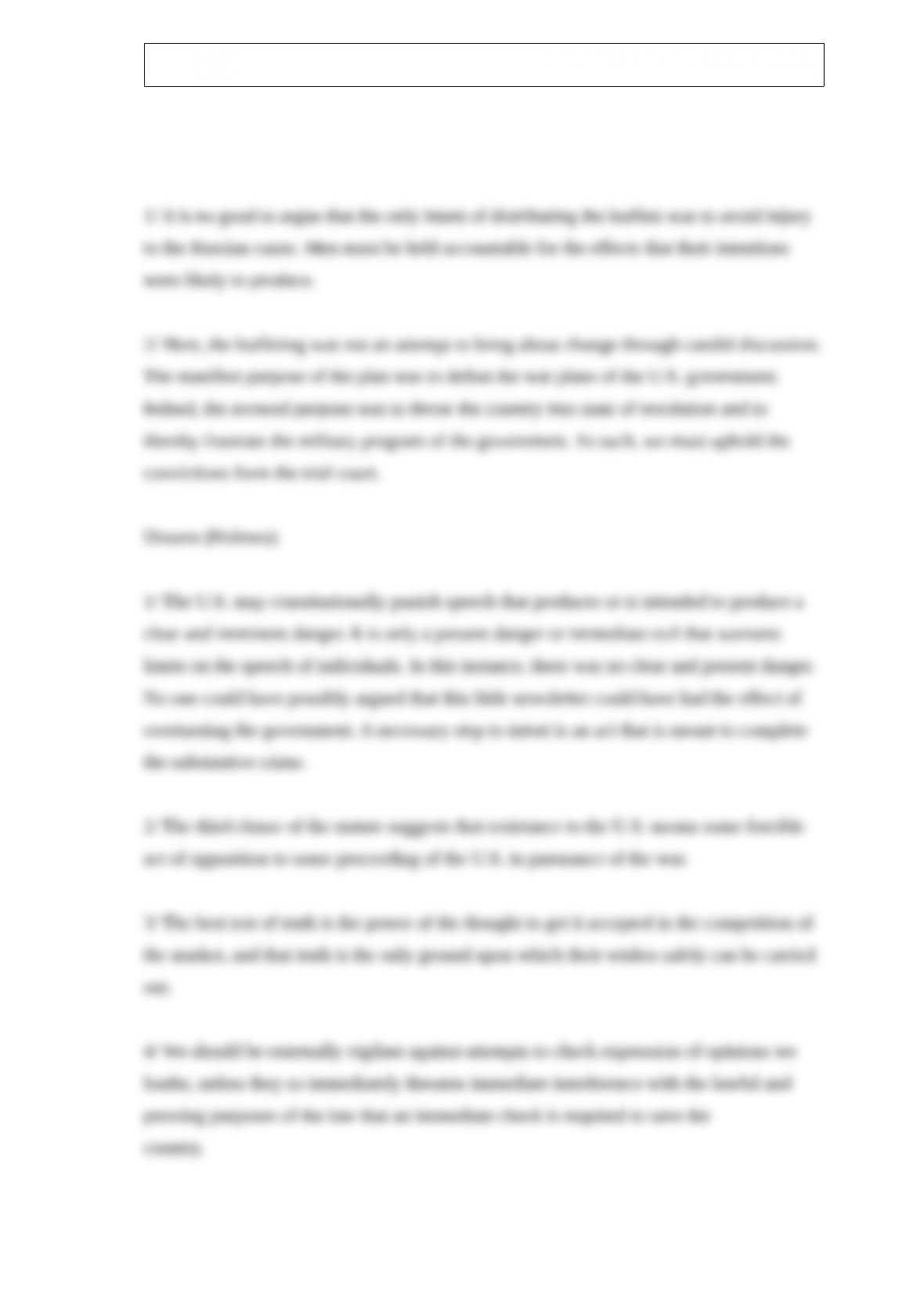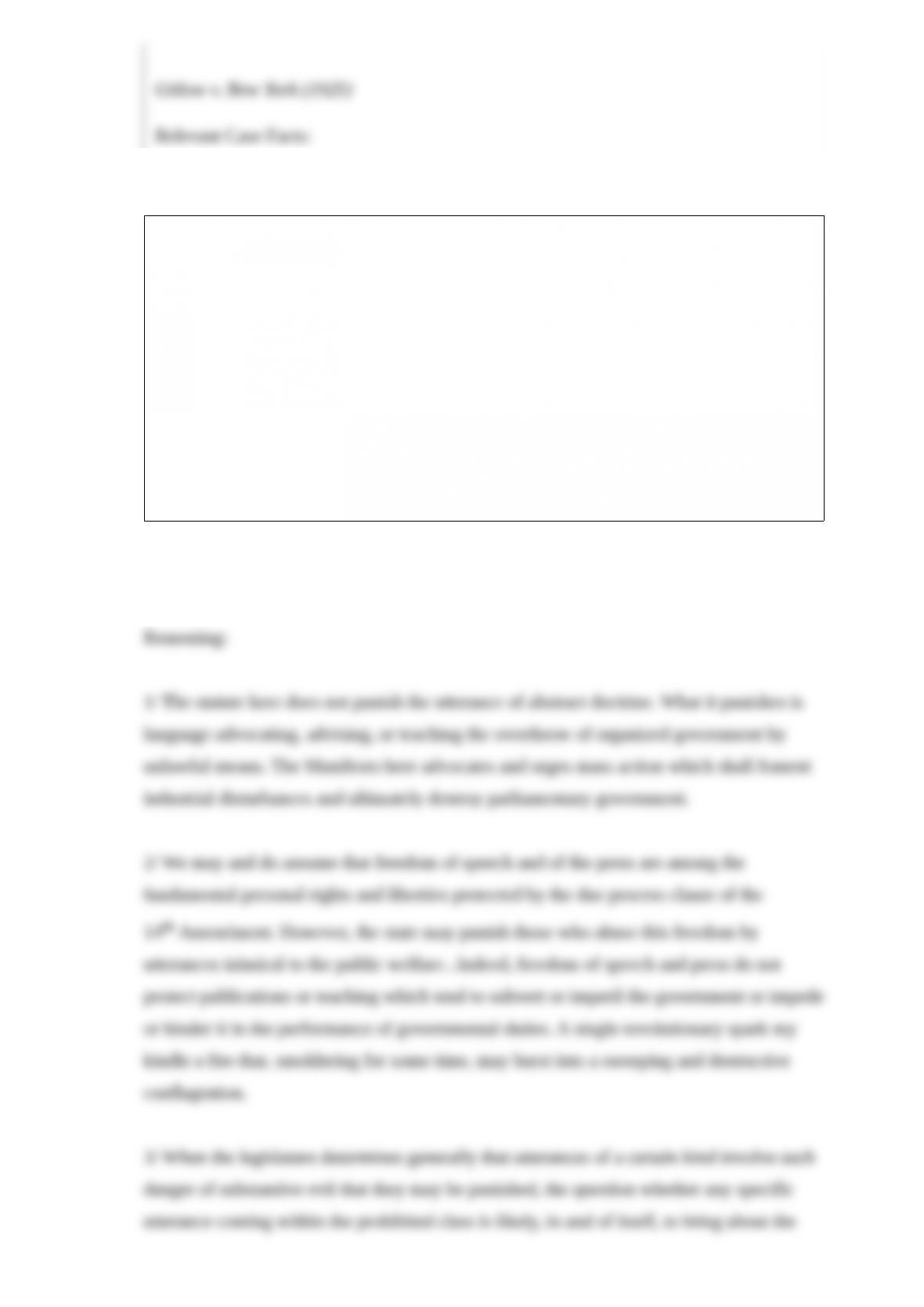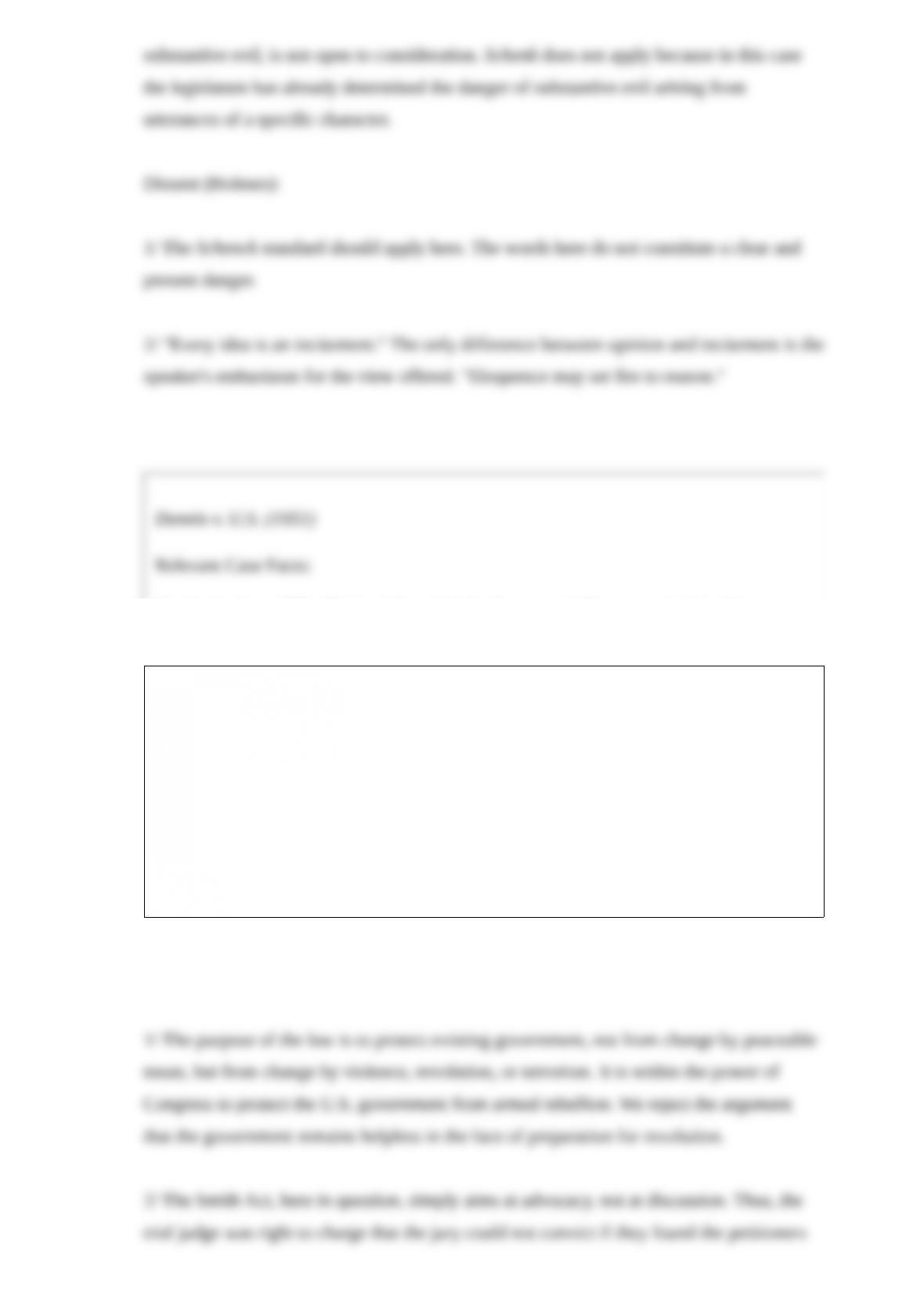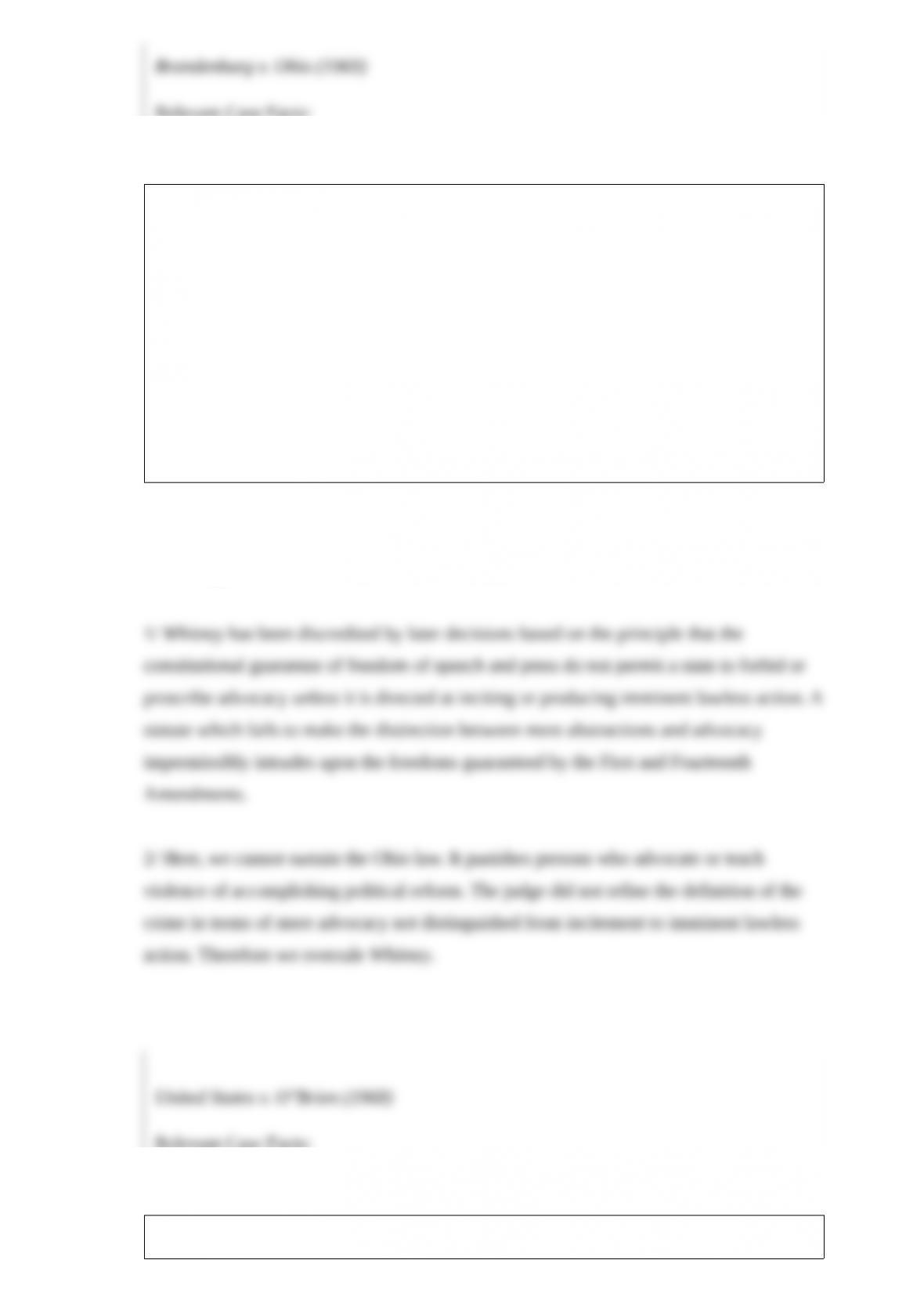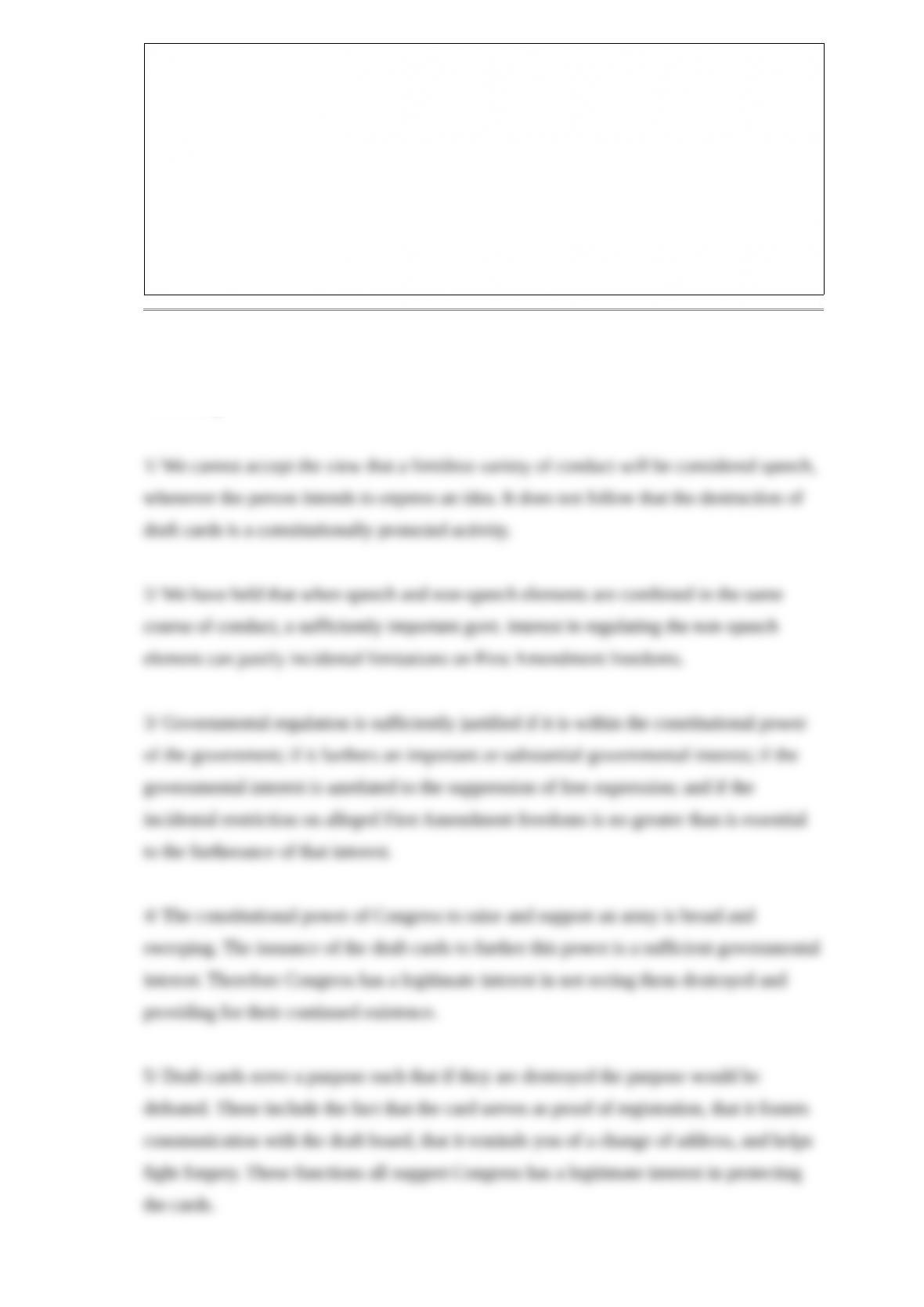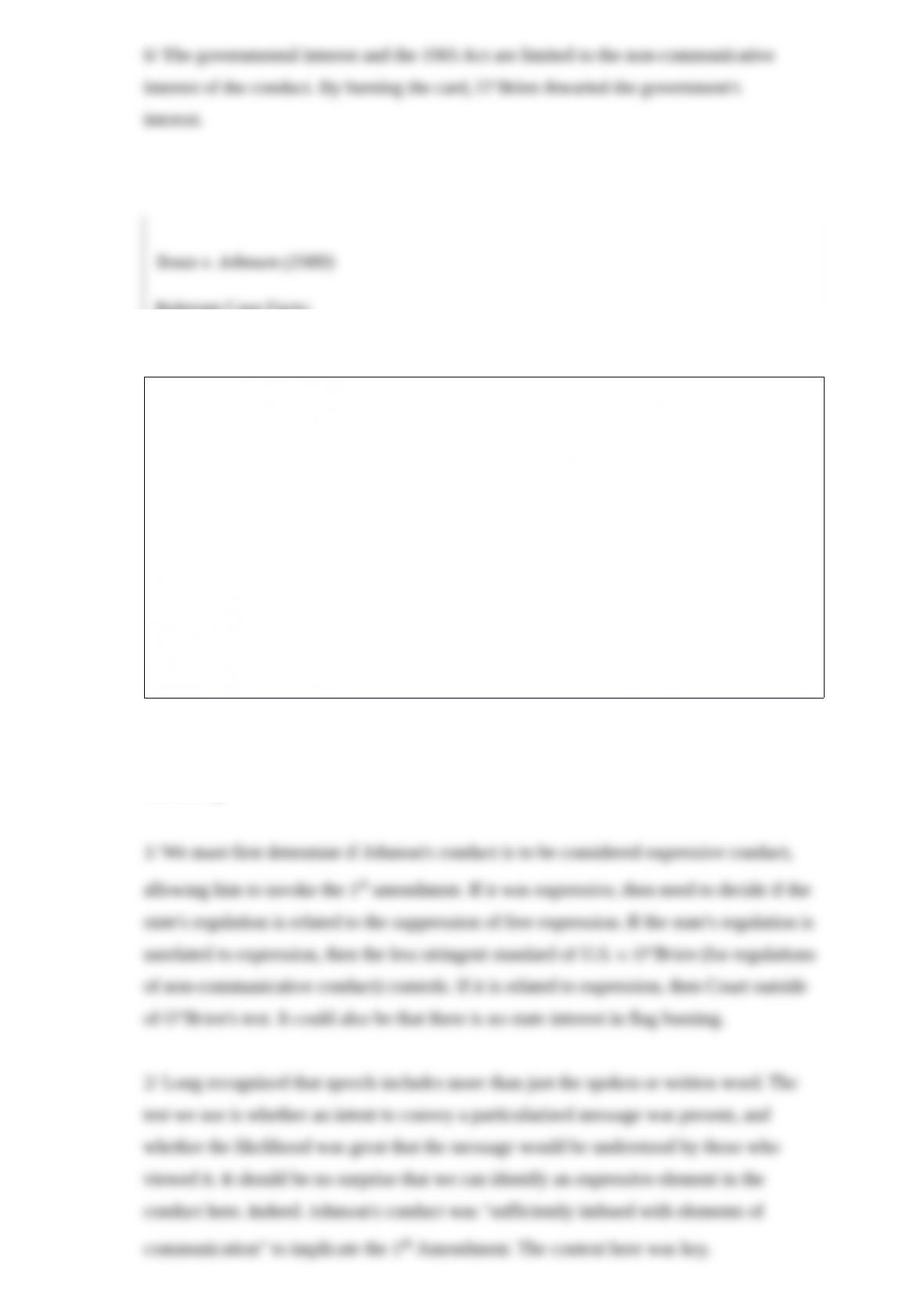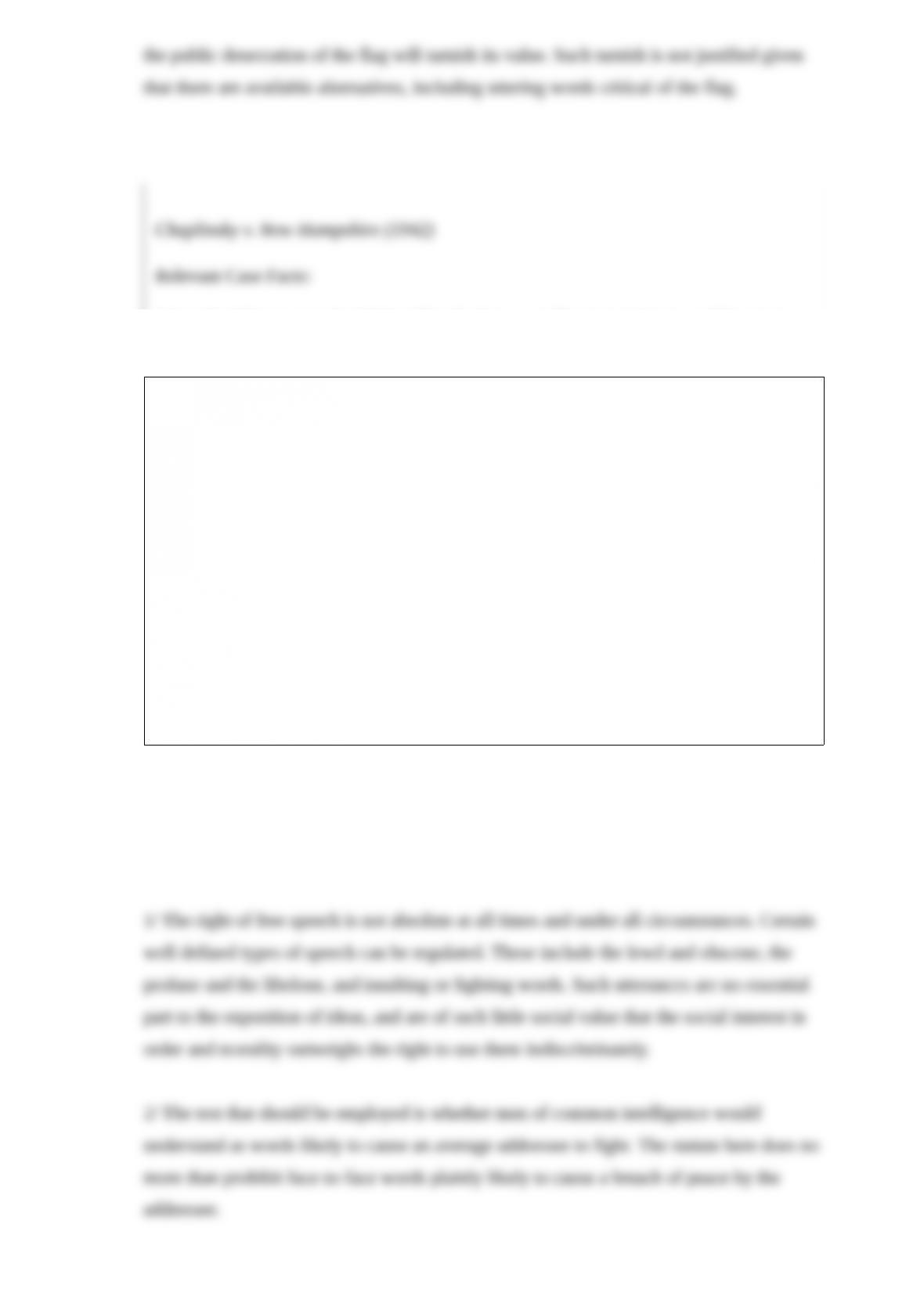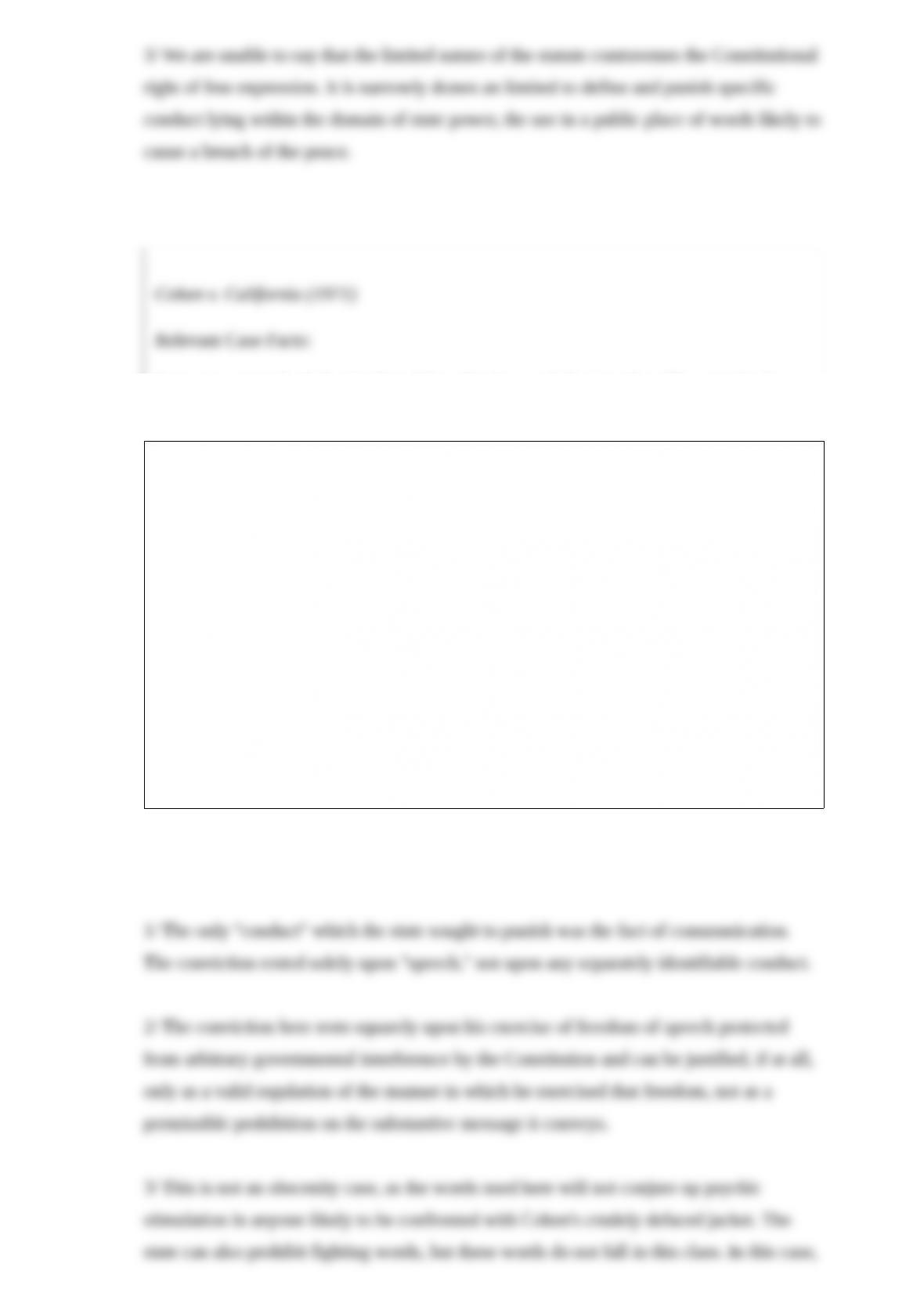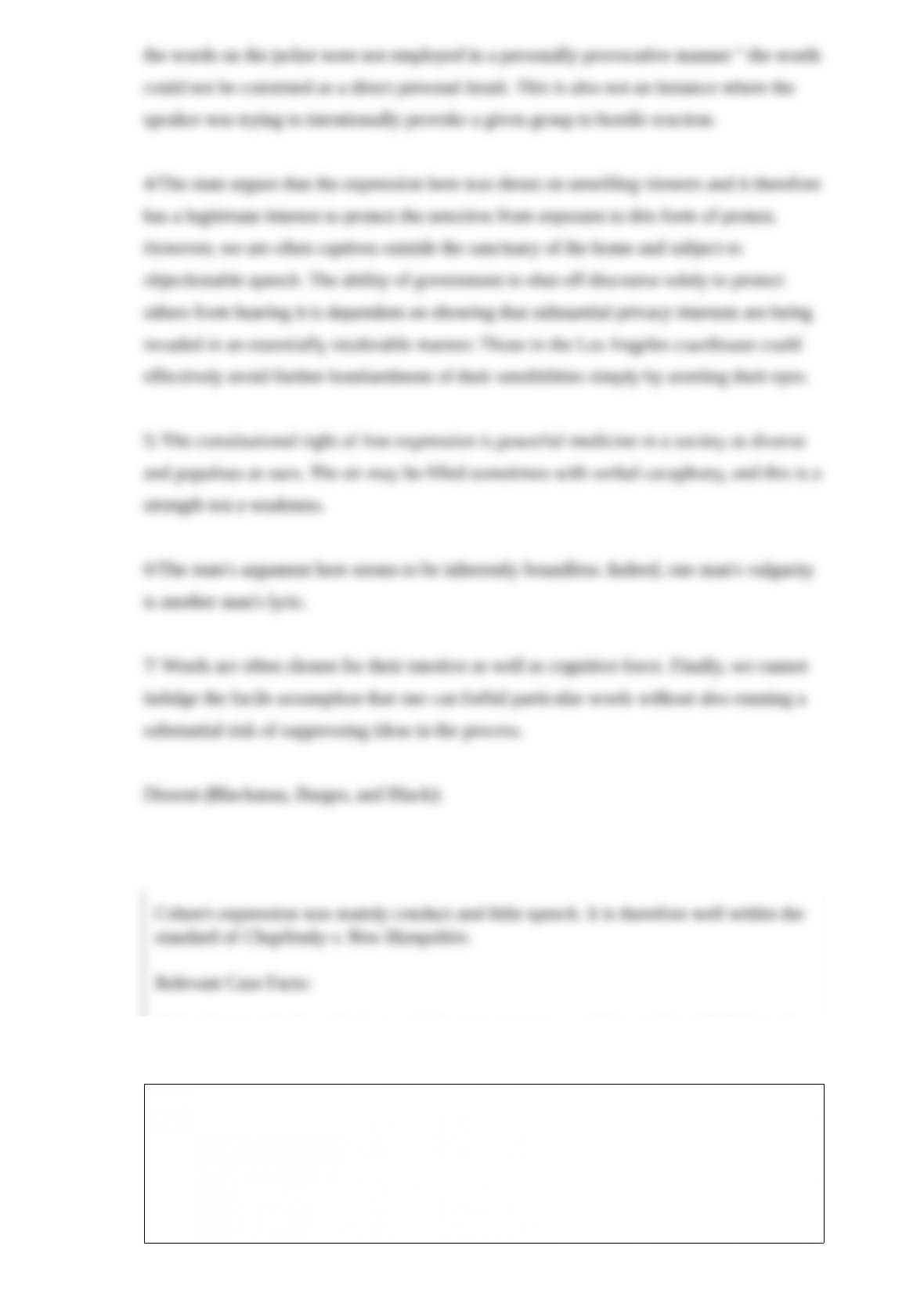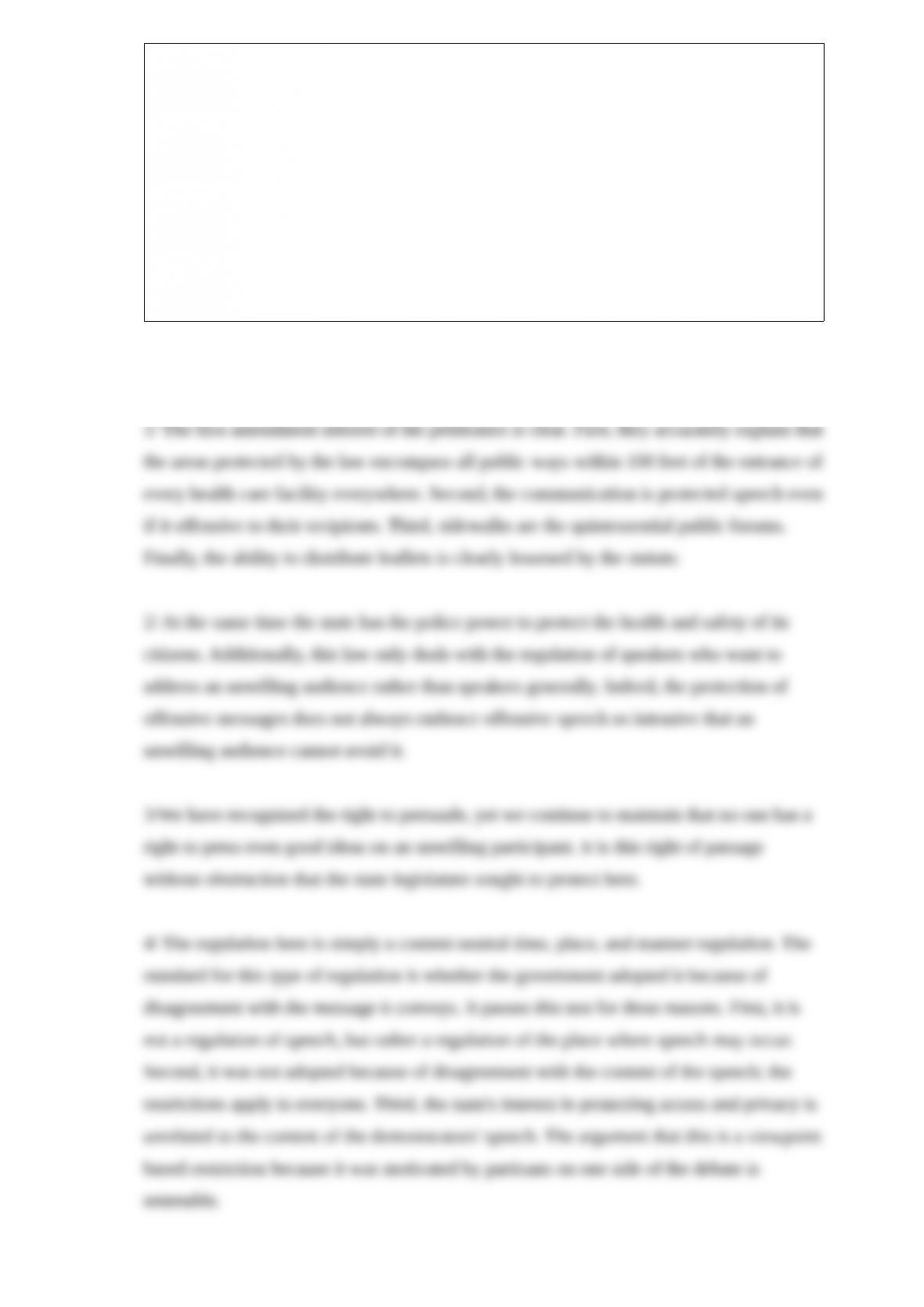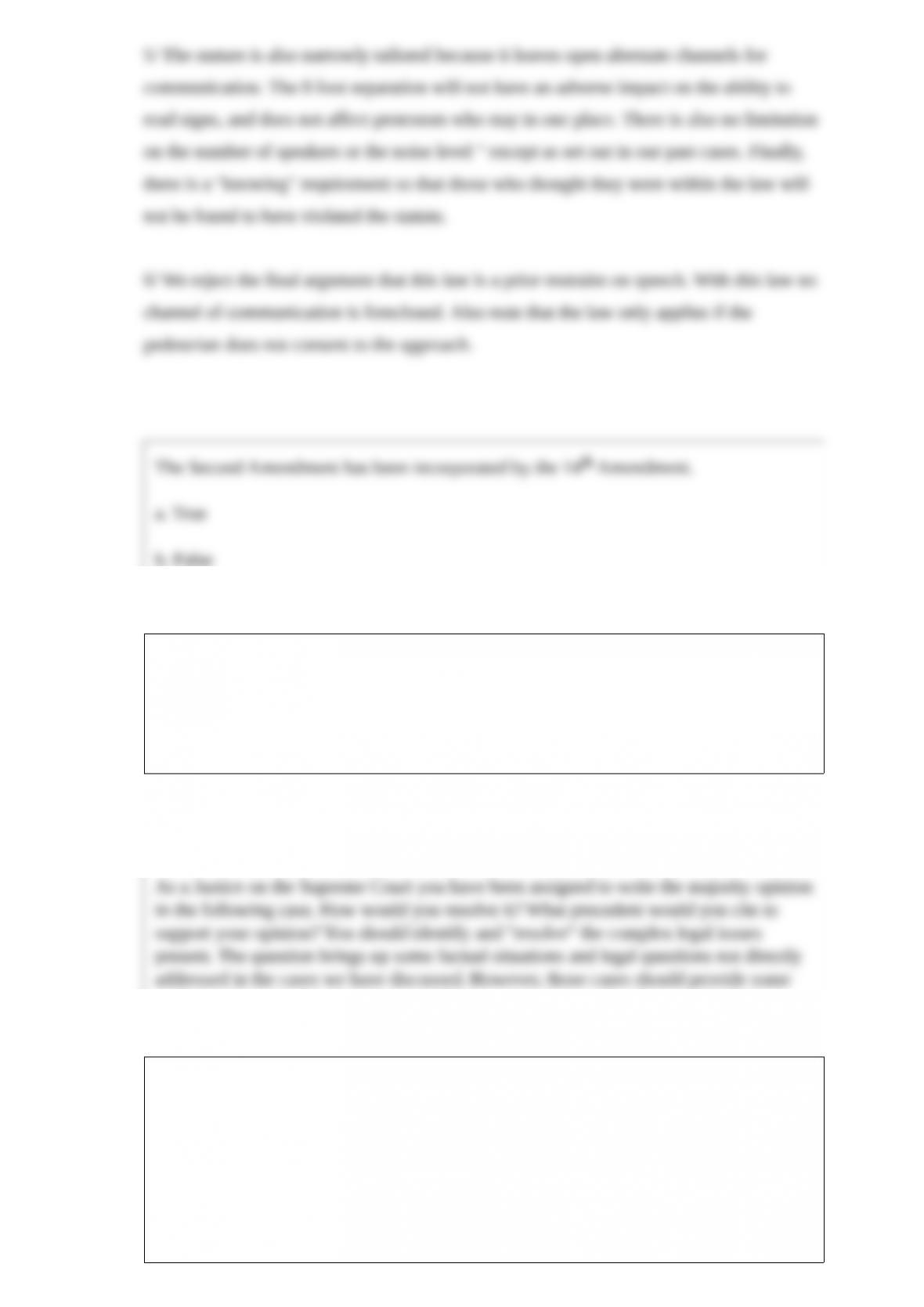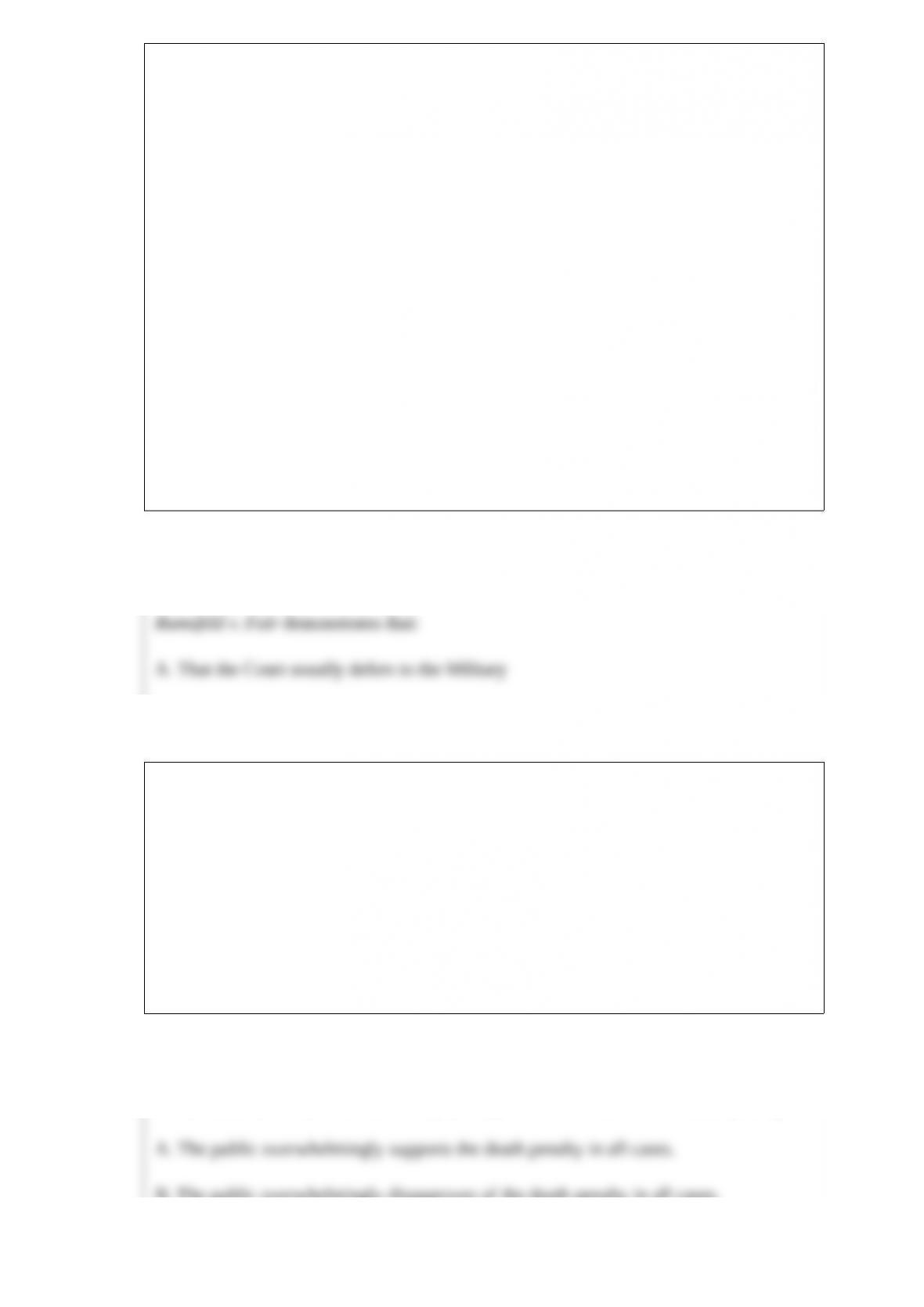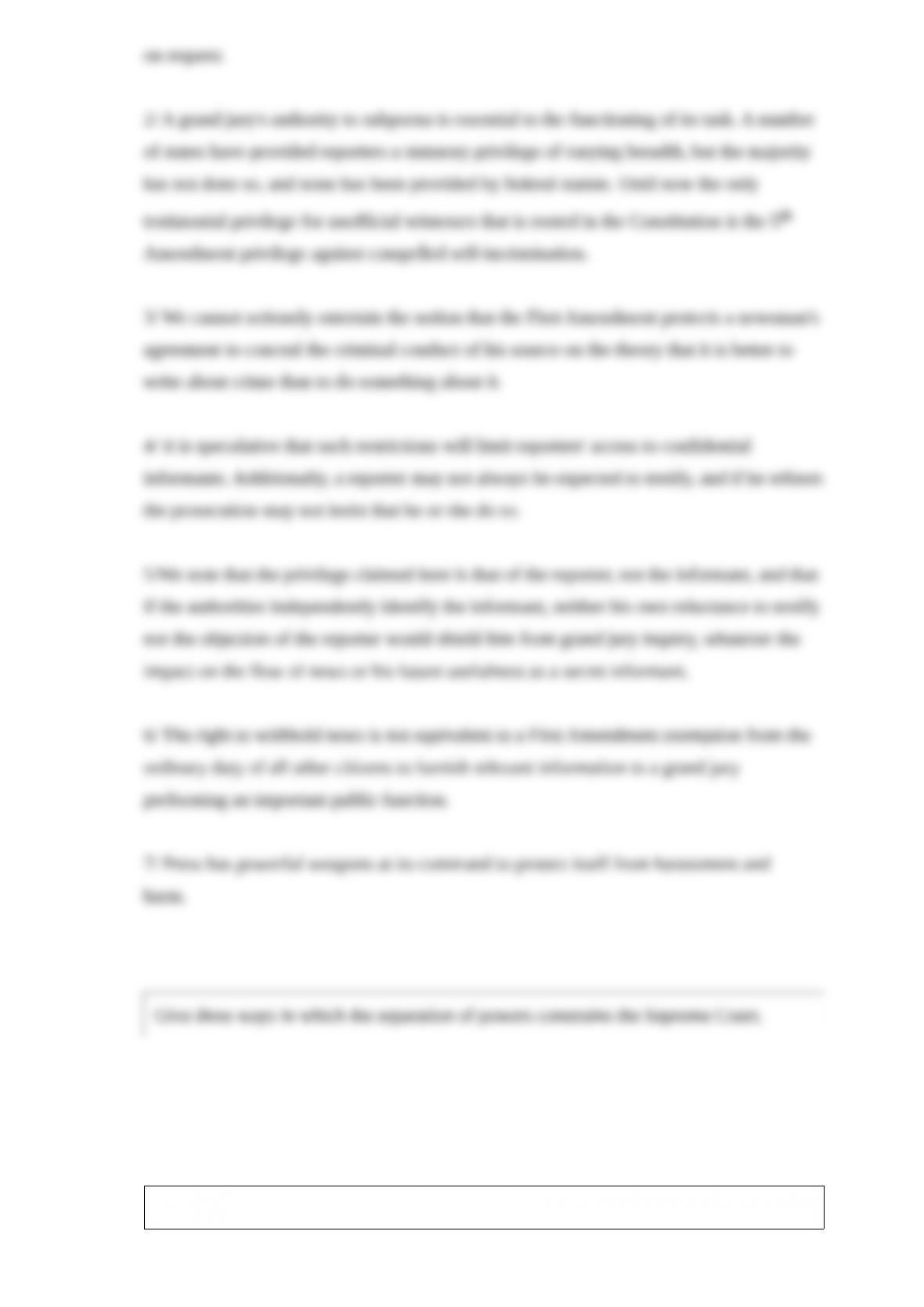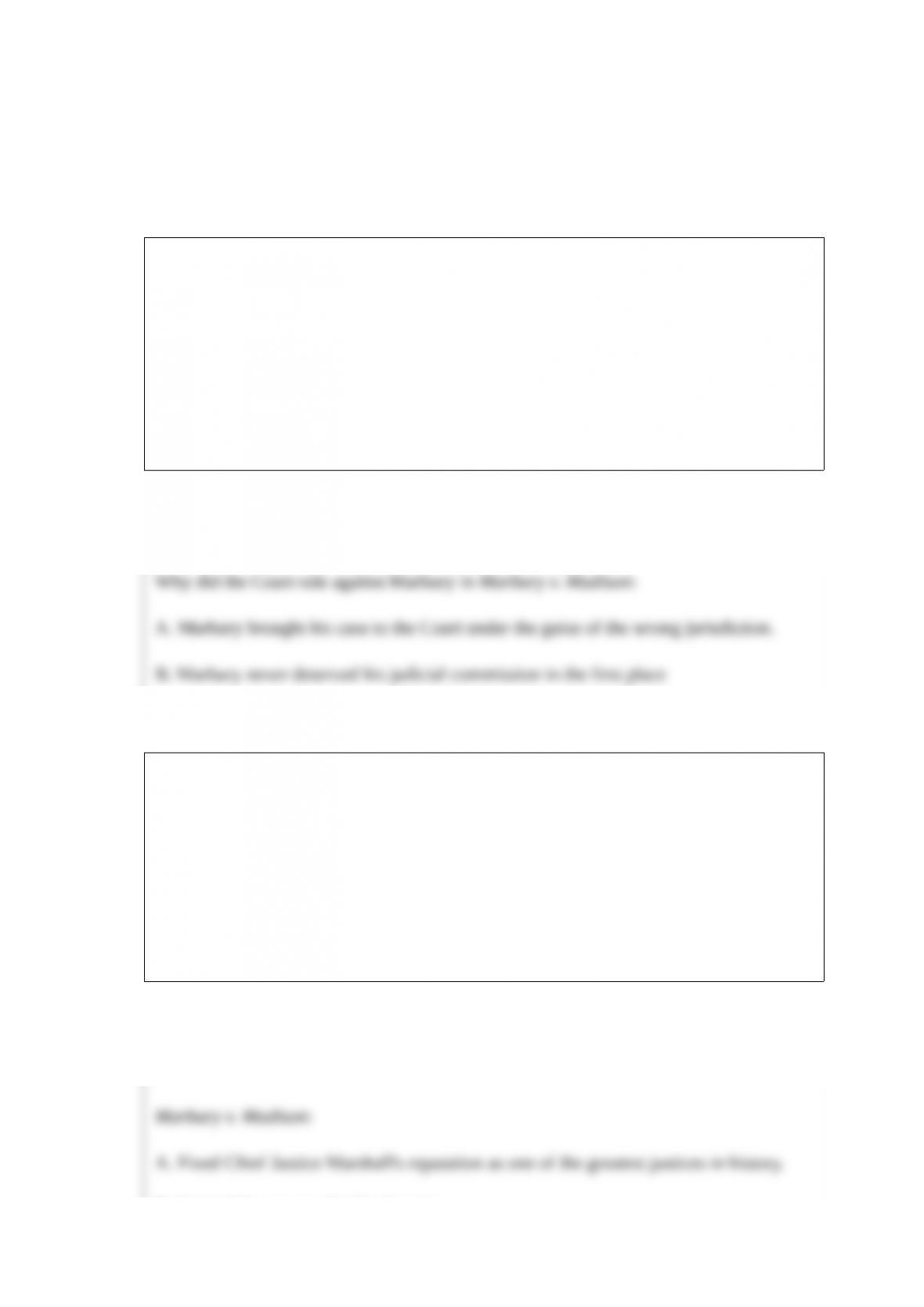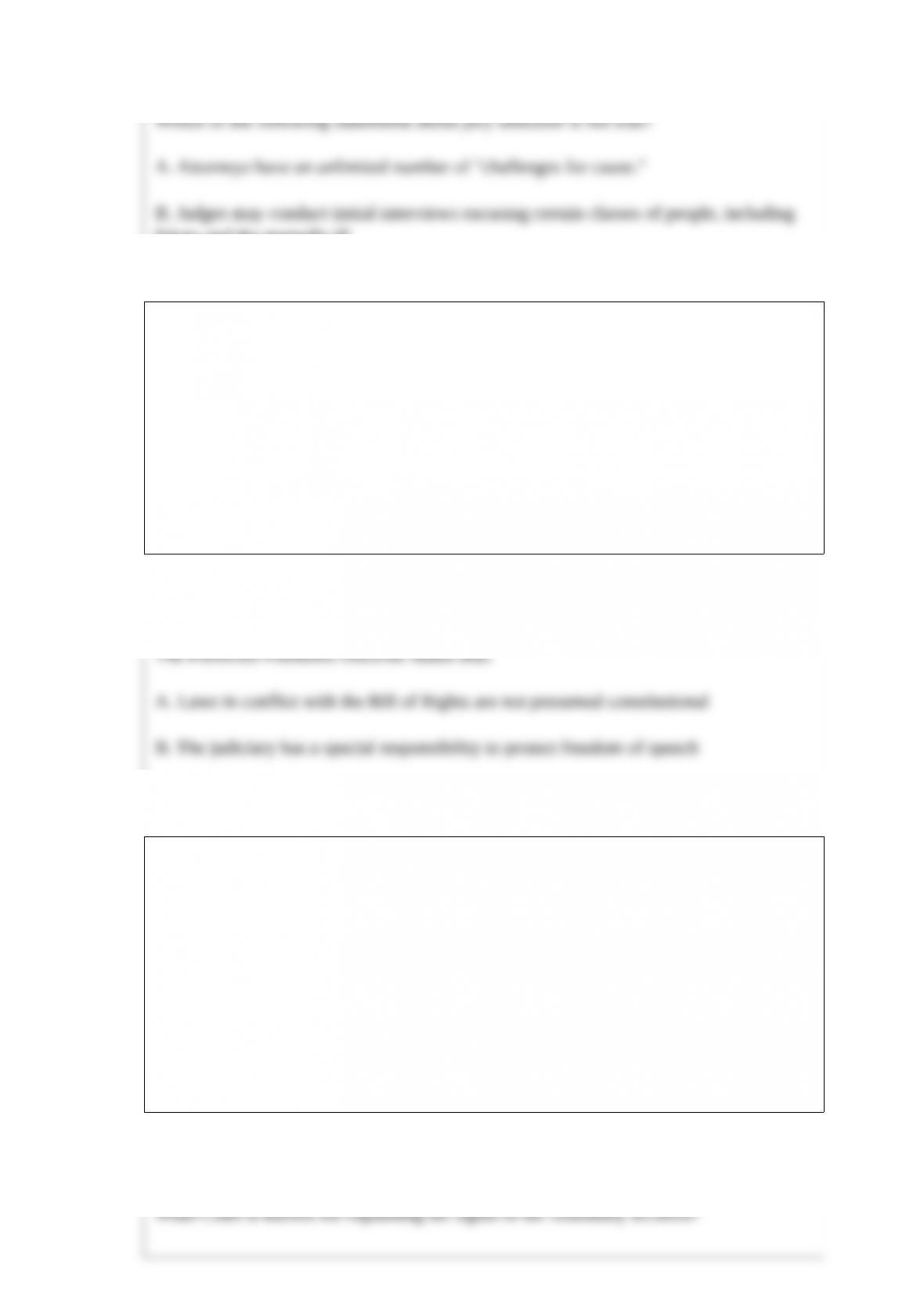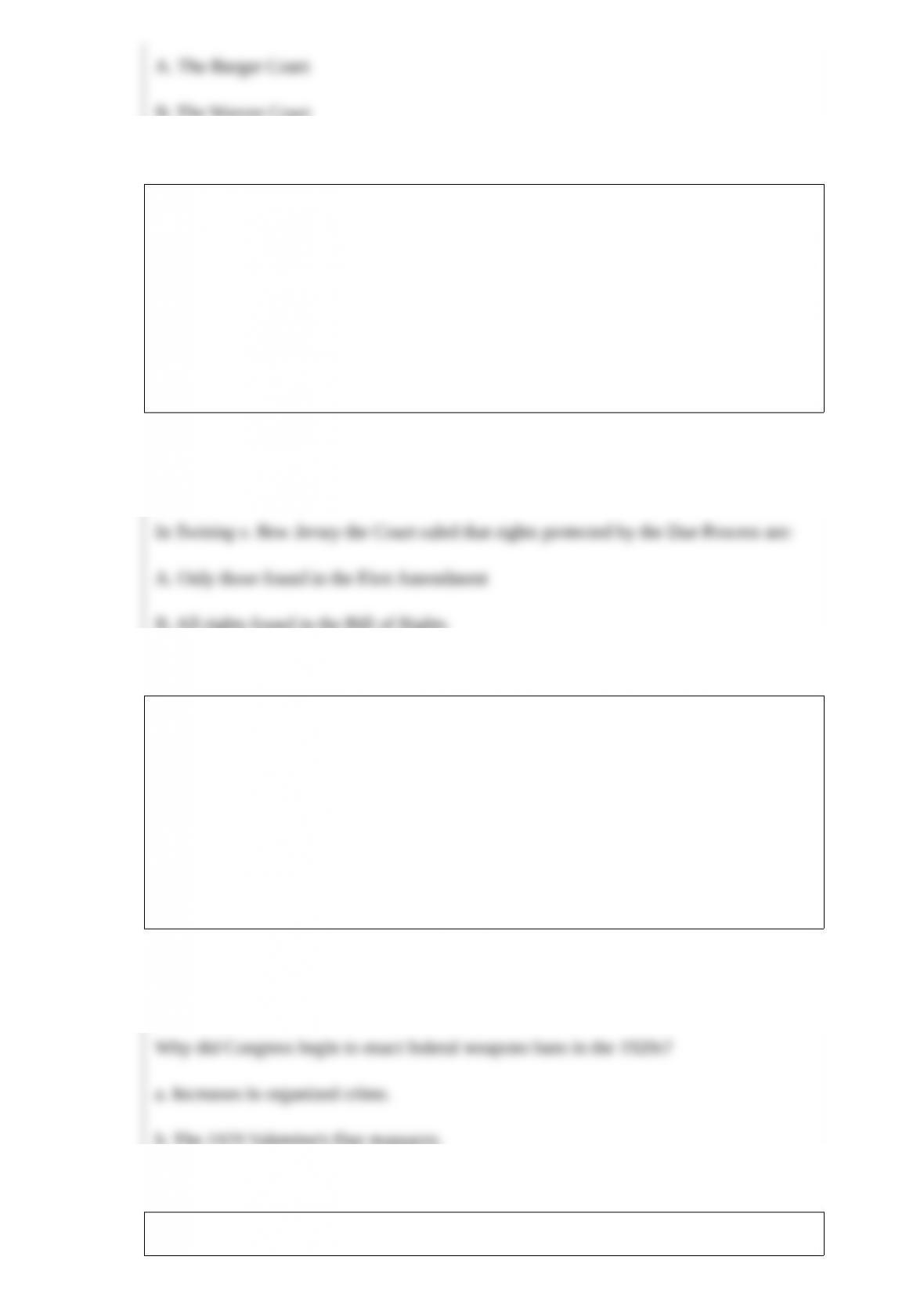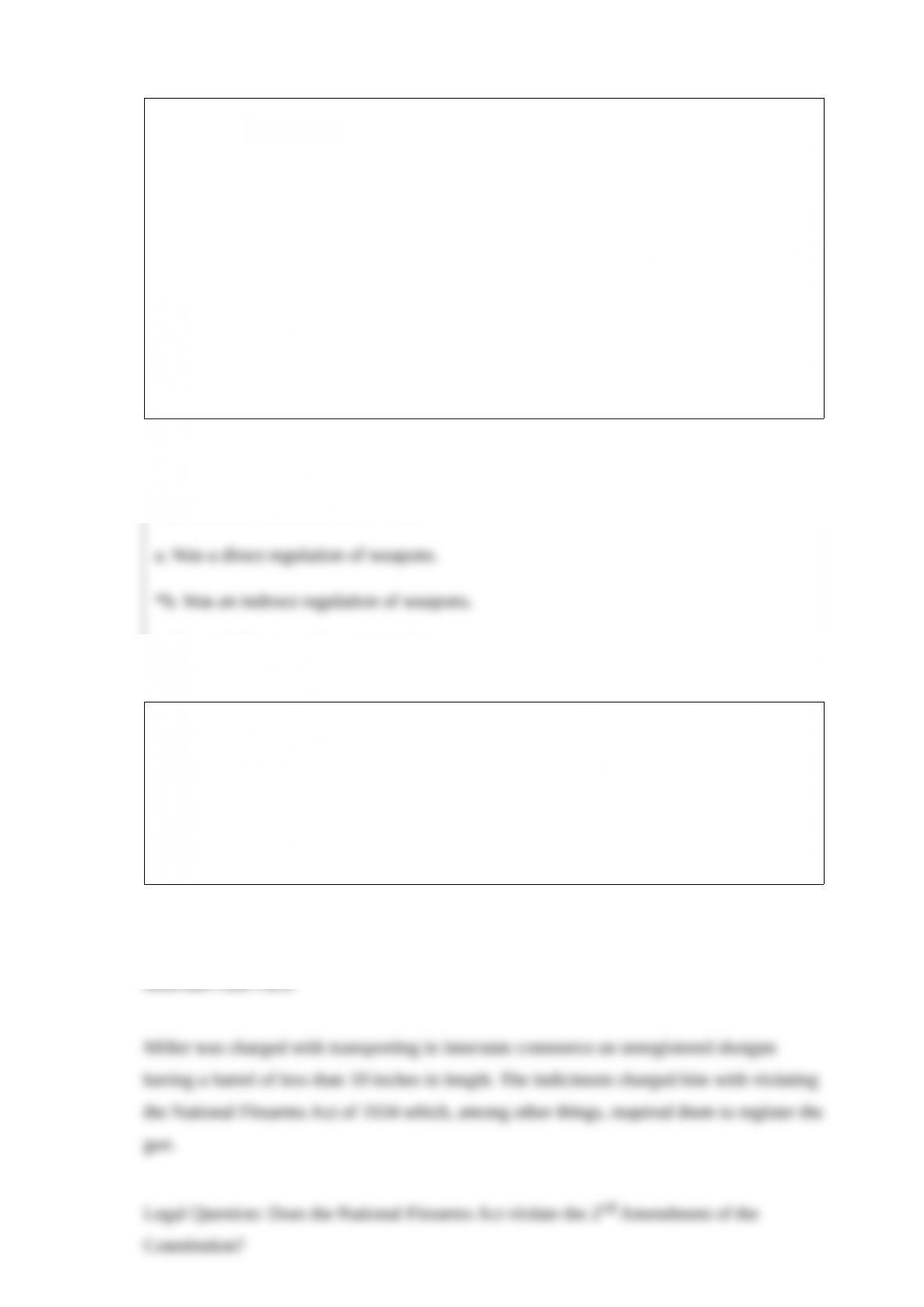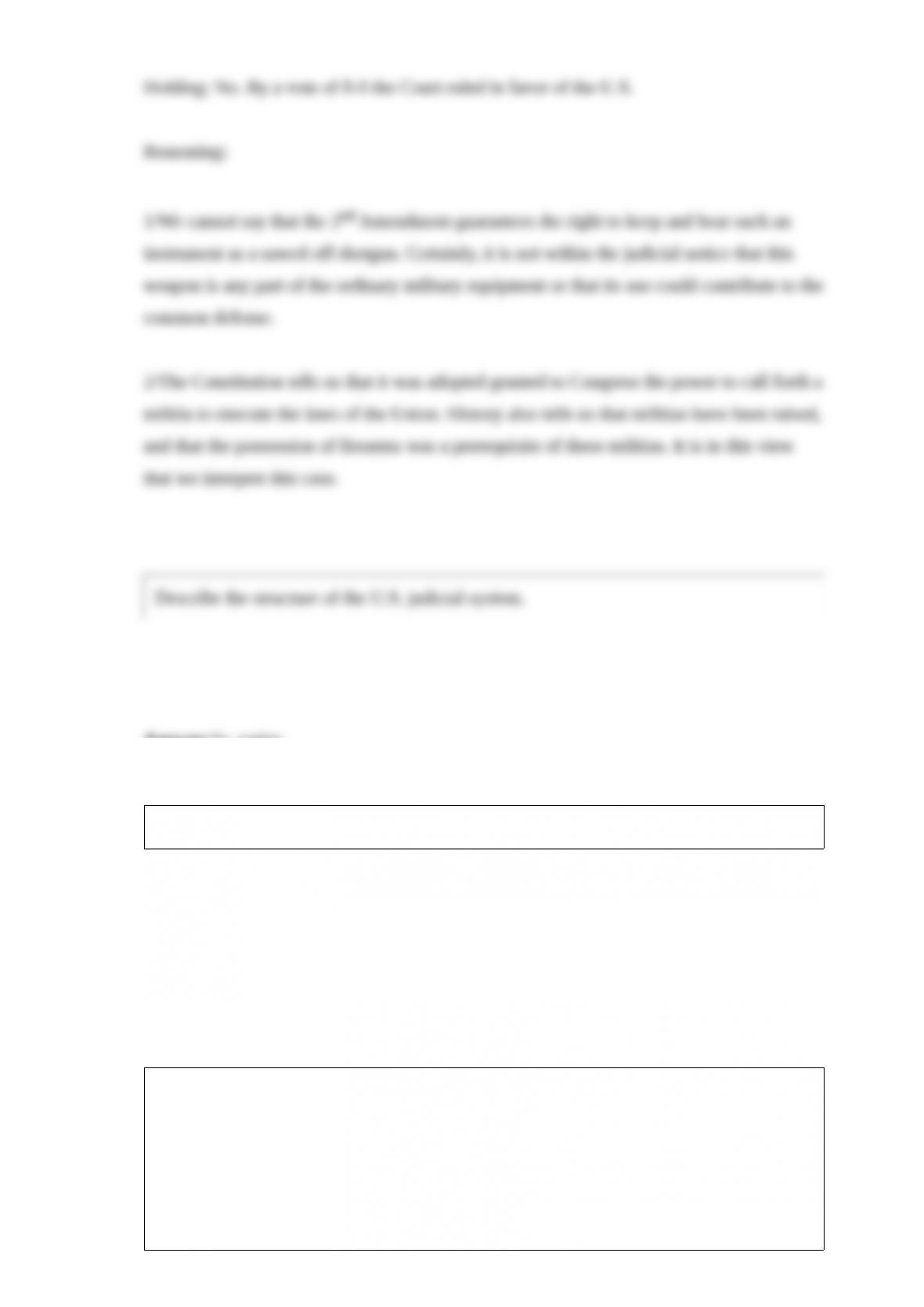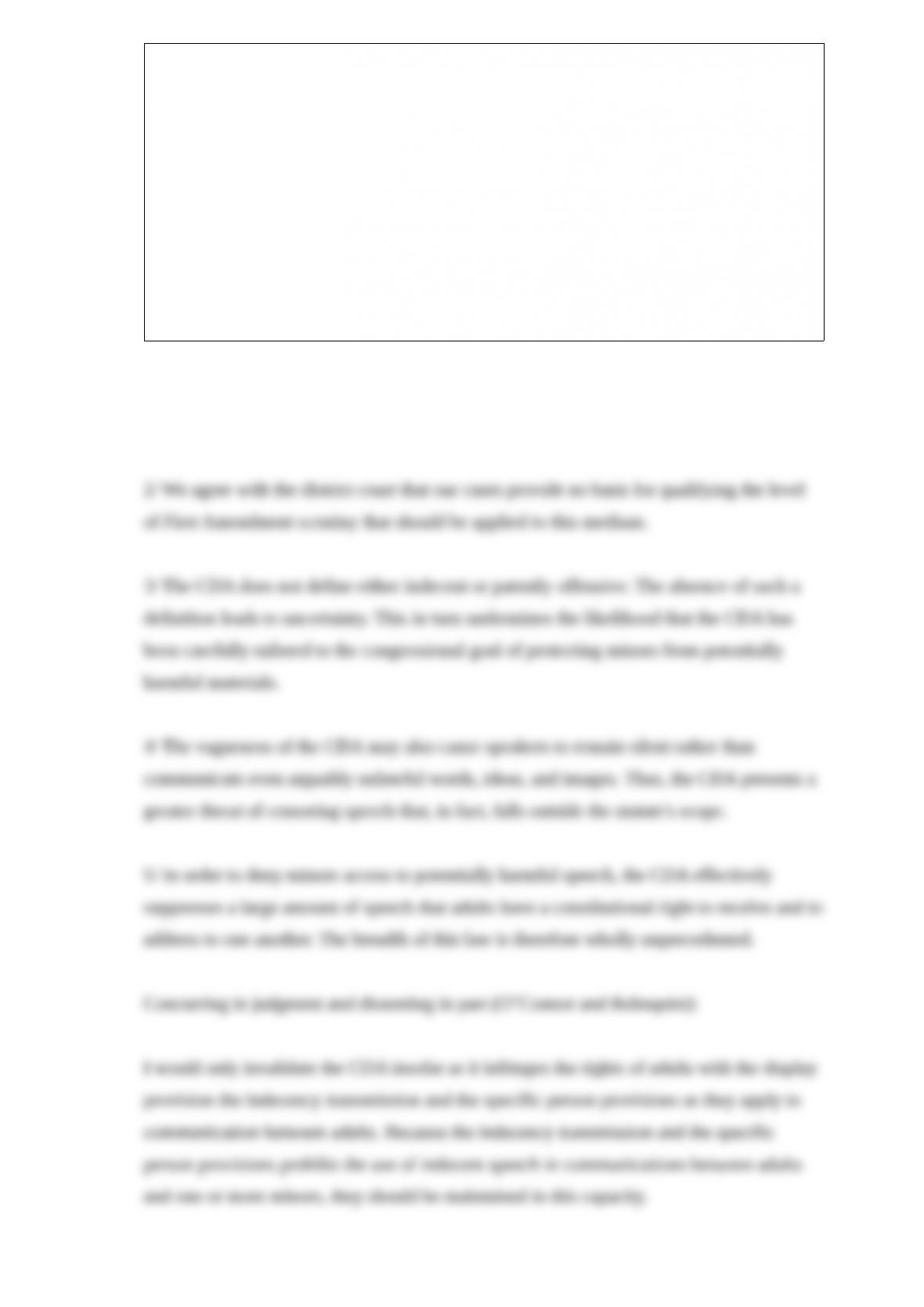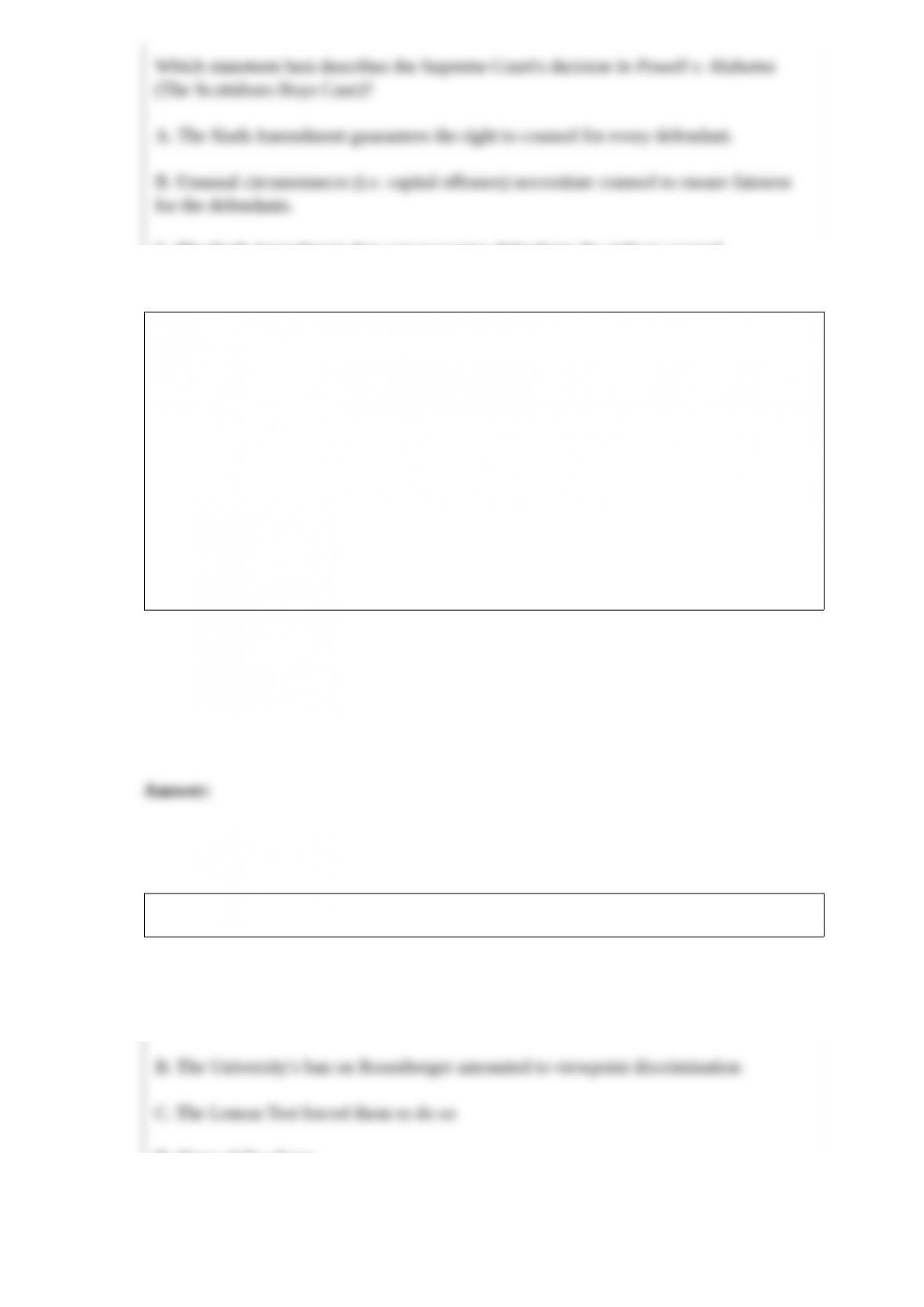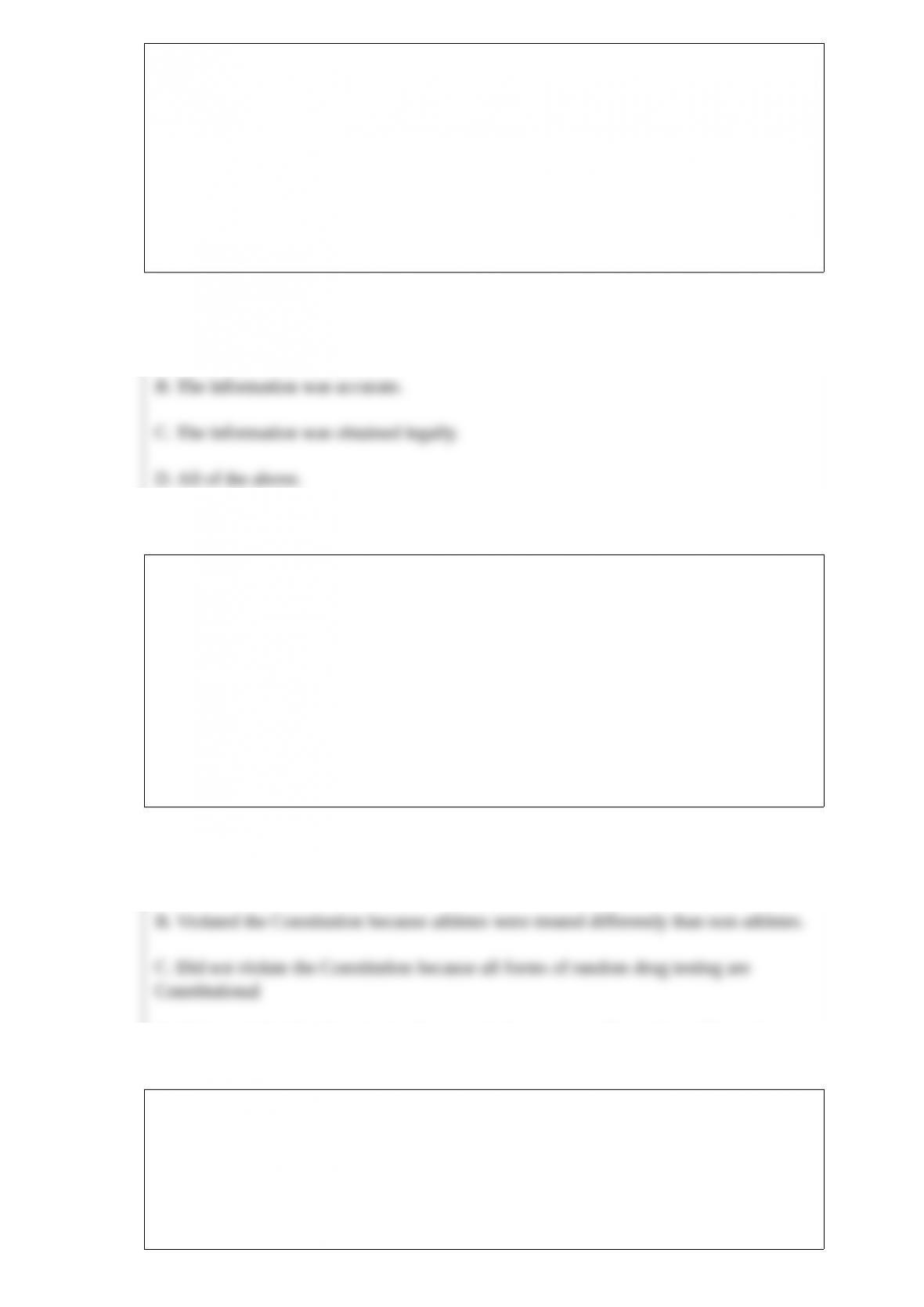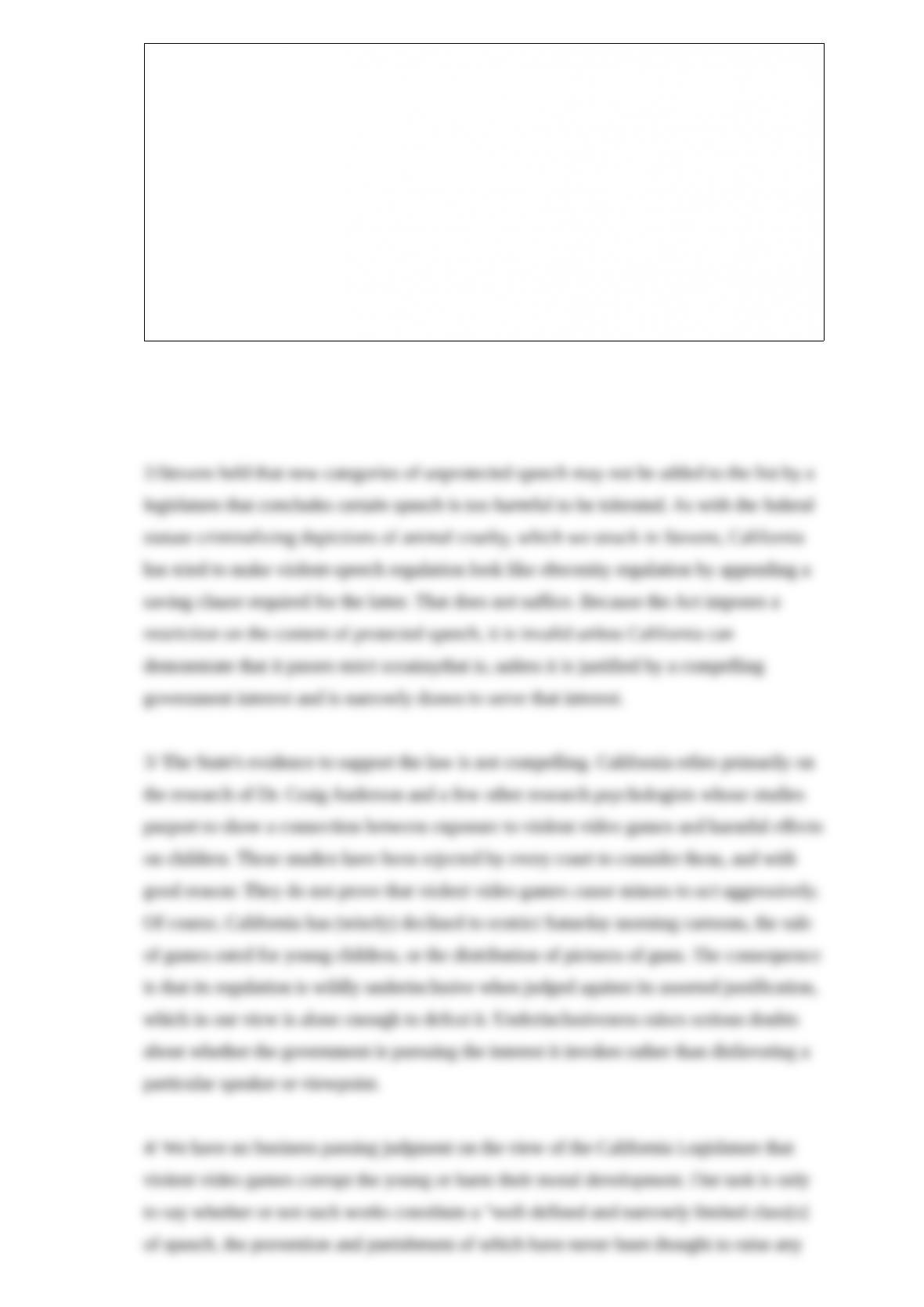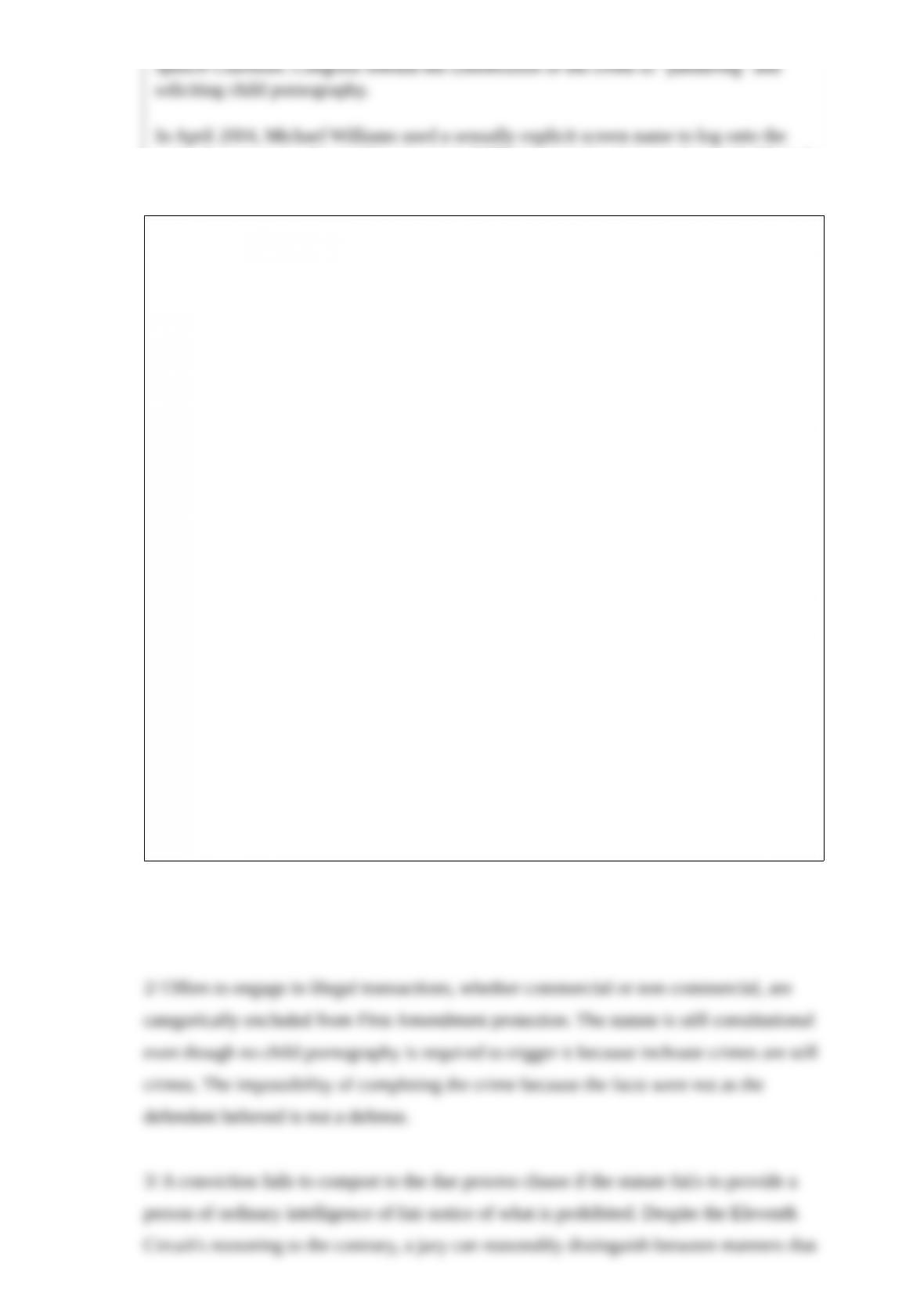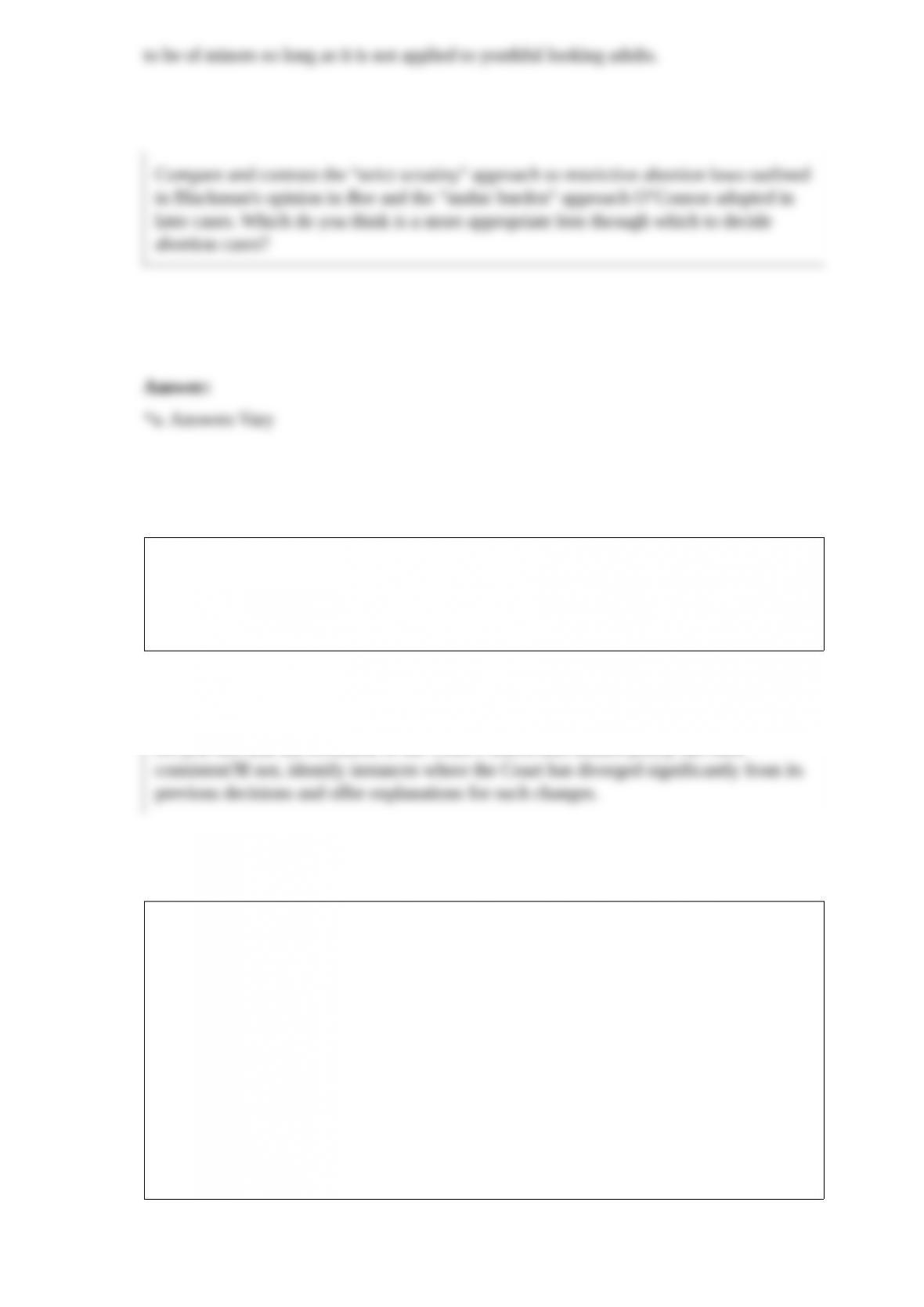On the night of October 4, 1995 Brett Freeman was found stumbling along the side of
the road in the city of Sleepy Eye Minnesota. A police officer, Paul Tagliabue, saw
Freeman, stopped, and offered to drive him home. Later, Tagliabue was quoted as
saying he believed that "Freeman was drunk and just needed to get home to sleep off
his binge." Freeman accepted the ride, and after driving for some time Tagliabue found
the proper house. He had to assist Freeman out of the car and into the living room. As
they were walking into the house the officer asked Freeman where Freeman had been
drinking that night. To this Freeman replied, "At the Pig's Eye Bar on 3rd Street. I took
my girlfriend's car there, but could not find my keys when I left. That is why I am
walking home."
Upon entering the house, specifically the living room, Tagliabue spotted a white
residue, a pot pipe, and other drug paraphernalia lying on and around the coffee table.
As a result, he asked Freeman if the paraphernalia were his. In response, Freeman said
"Yeah, some of it." During the entire conversation Tagliabue noted that Freeman slurred
all of his words, could not stand without support, and seemed to be nodding off.
However, he did say that he was able to answer both of the questions with little trouble.
After Freeman fell asleep on the couch Tagliabue called a backup squad, and sat down
to wait for them to arrive. Based on the drug paraphernalia in the living room,
Tagliabue and the backup squad began to search the house.
By this time Freeman's roommates, Raymont Sapp and Robert Alstott arrived home.
They were incensed that the police were searching the house, and immediately called
their attorney. In the time that it took for the lawyer to arrive, the police searched the
living room where Freeman was sleeping, his bedroom, the kitchen, the basement, and
the attic. In the course of the search the police found several marijuana plants under a
hot light in Freeman's bedroom, and a load of marijuana leaves drying in the basement.
Additionally, they found several other unidentified illicit drugs in the refrigerator, about
$10,000 in a cookie jar, and three handguns taped under the kitchen table. The officers
also searched the entire backyard. Beside the garbage cans, which were sitting about 75
yards from the house, the investigating officer found empty bags lined with a white
powdery residue.
All three roommates were placed under arrest, and Sapp and Alstott's bedrooms were
searched. These searches turned up more marijuana plants growing in each bedroom.
Subsequently all three roommates were taken to the police station. Freeman was put in
a holding cell to sleep off his night of drinking, while Sapp and Alstott were booked.
During the booking each was told that they would have to submit to urine and blood
tests administered by a local doctor. Additionally, the police had the doctor draw a vial
of blood from Freeman while he slept in his cell.
At the same time that the search of the house was going on, two other police officers
were dispatched to "The Pig's Eye" to look for the car Freeman drove that night. They
found the car unlocked, with the keys in the ignition. A thorough search of the car
turned up more marijuana, another handgun, five boxes of ammunition for the gun, and
another $10,000. The car was impounded and taken directly to the police station.
Using the evidence obtained in and behind the house, as well as the drug tests
performed at the police station, Freeman, Sapp, and Alstott were arrested for drug
possession with intent to sell, for illegally using illicit drugs, and for possessing





























































